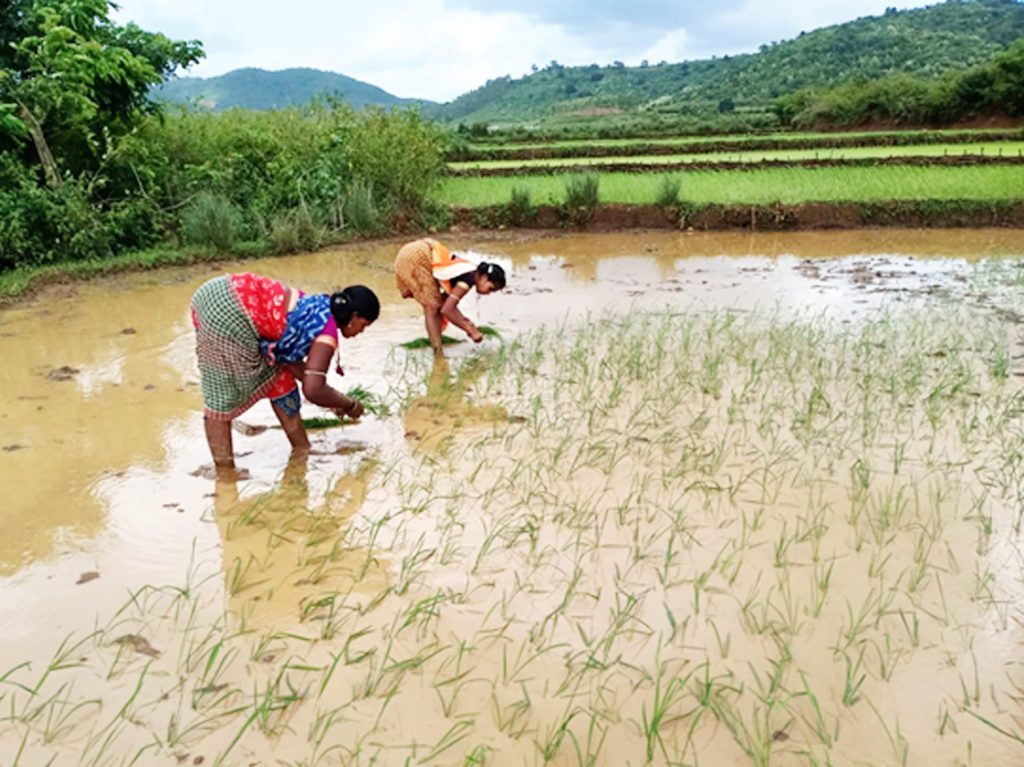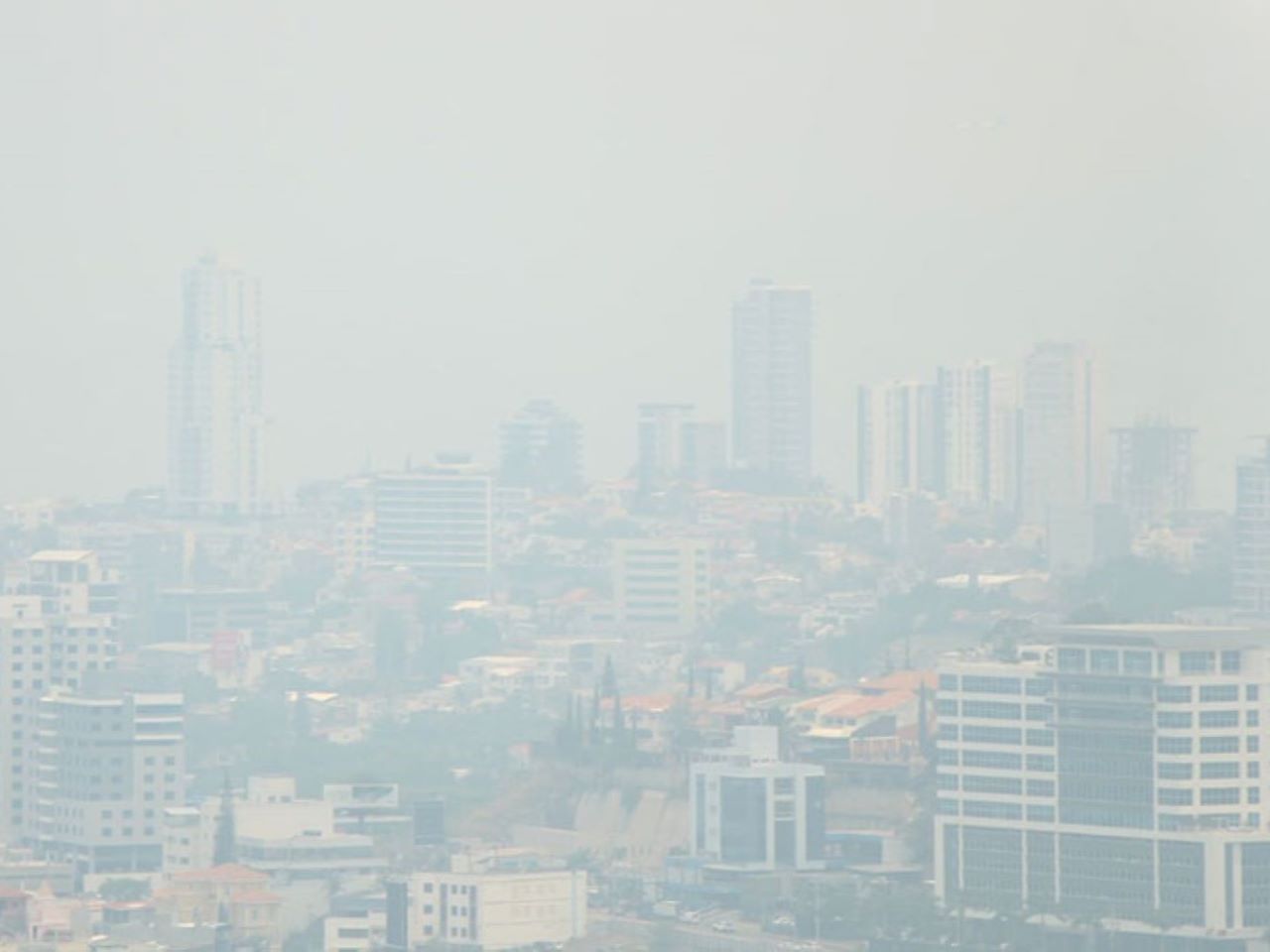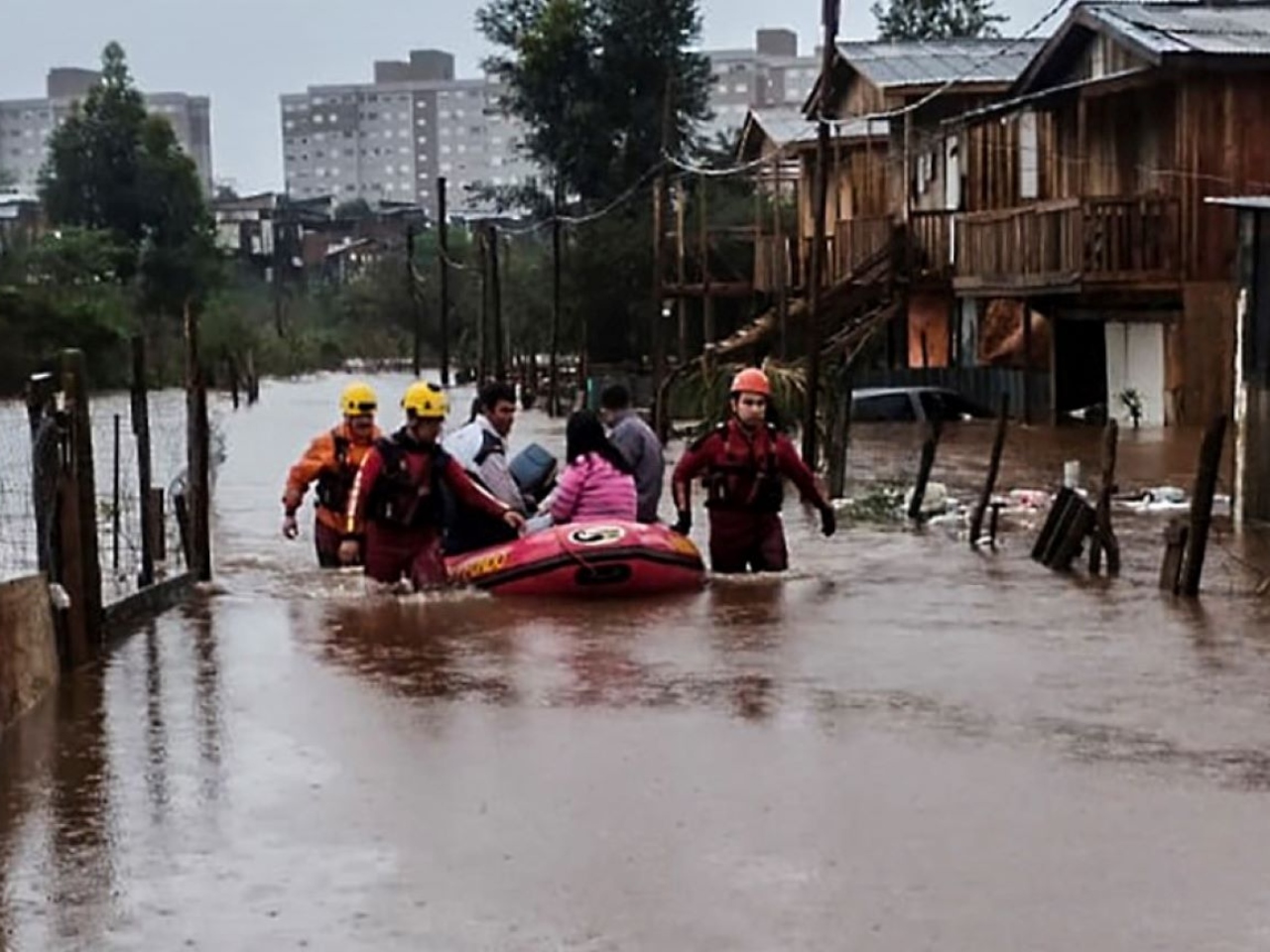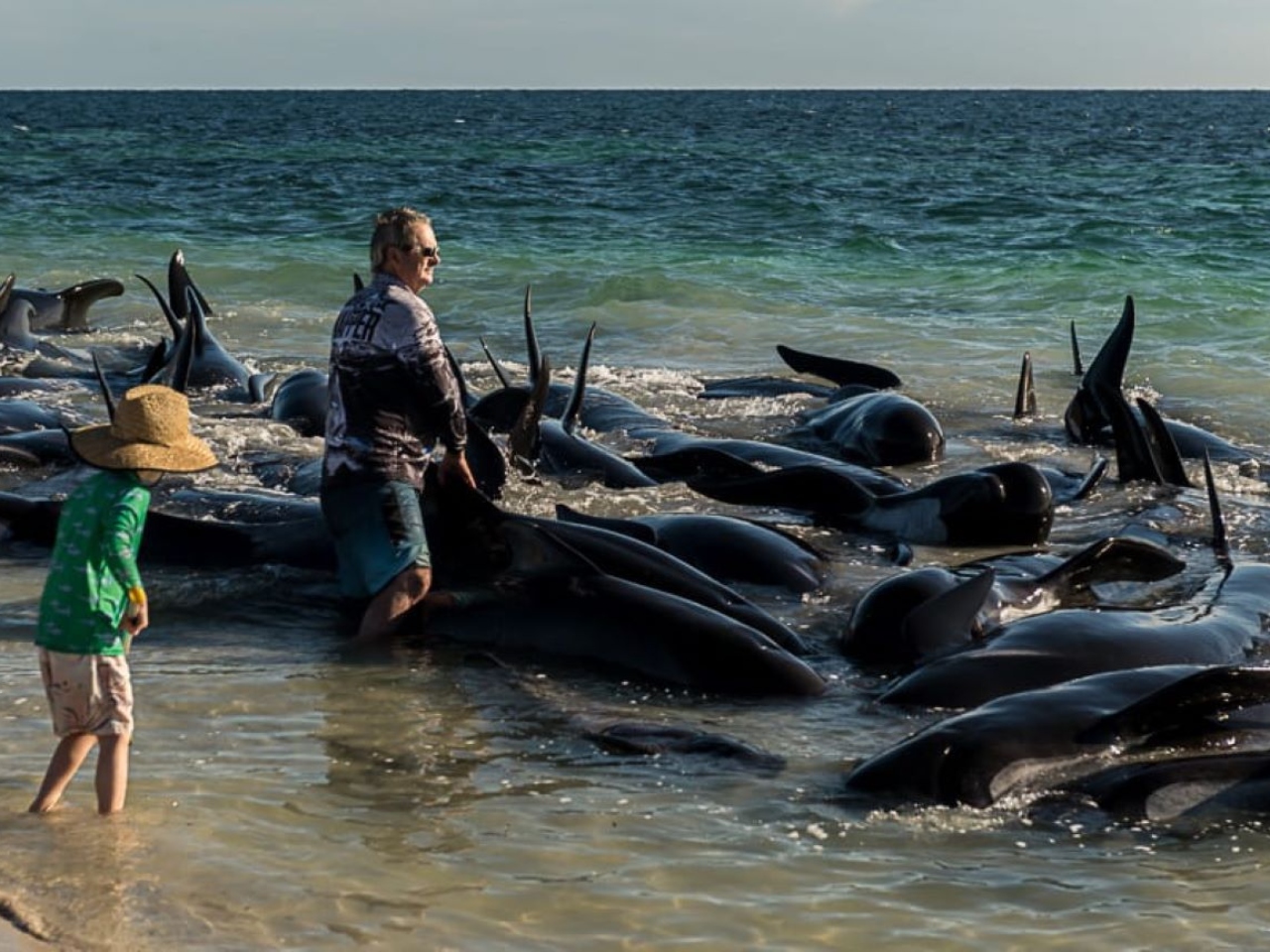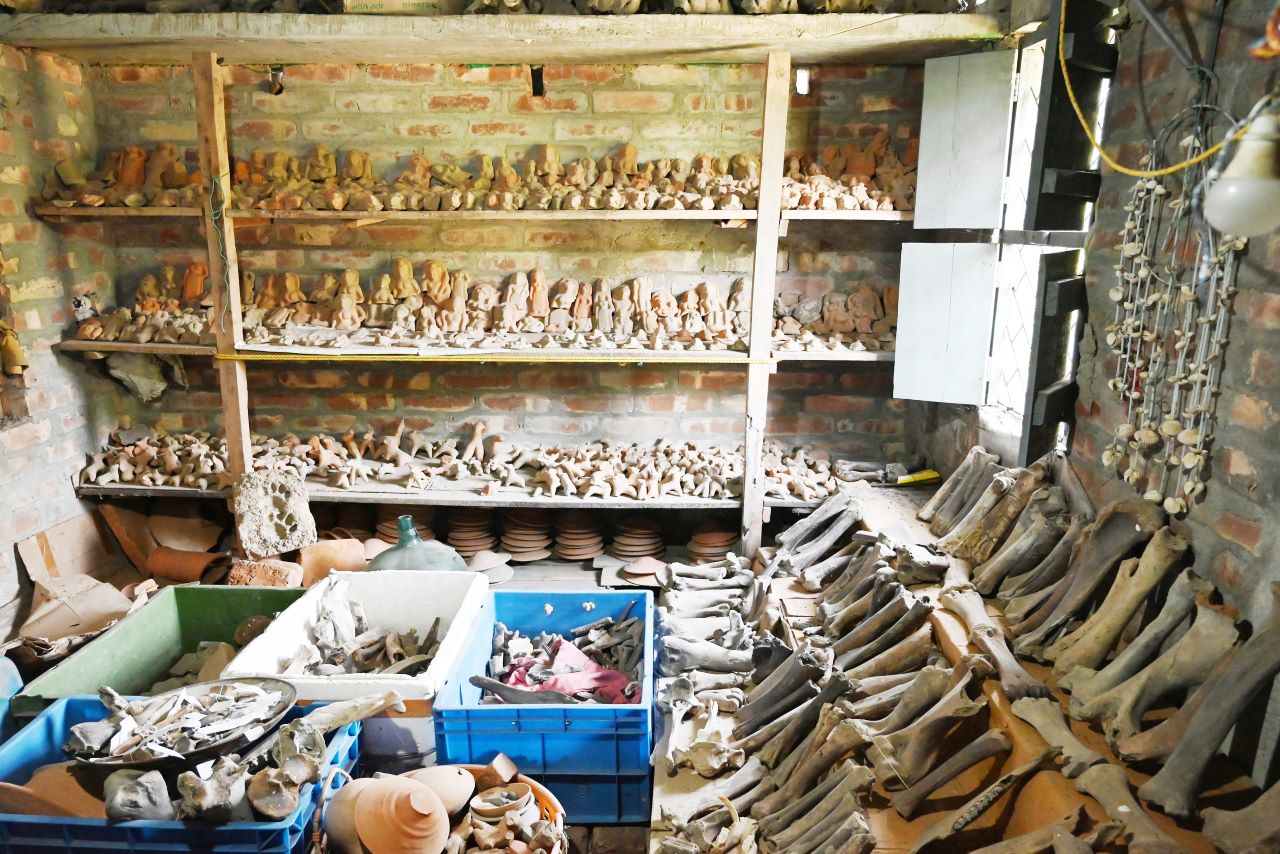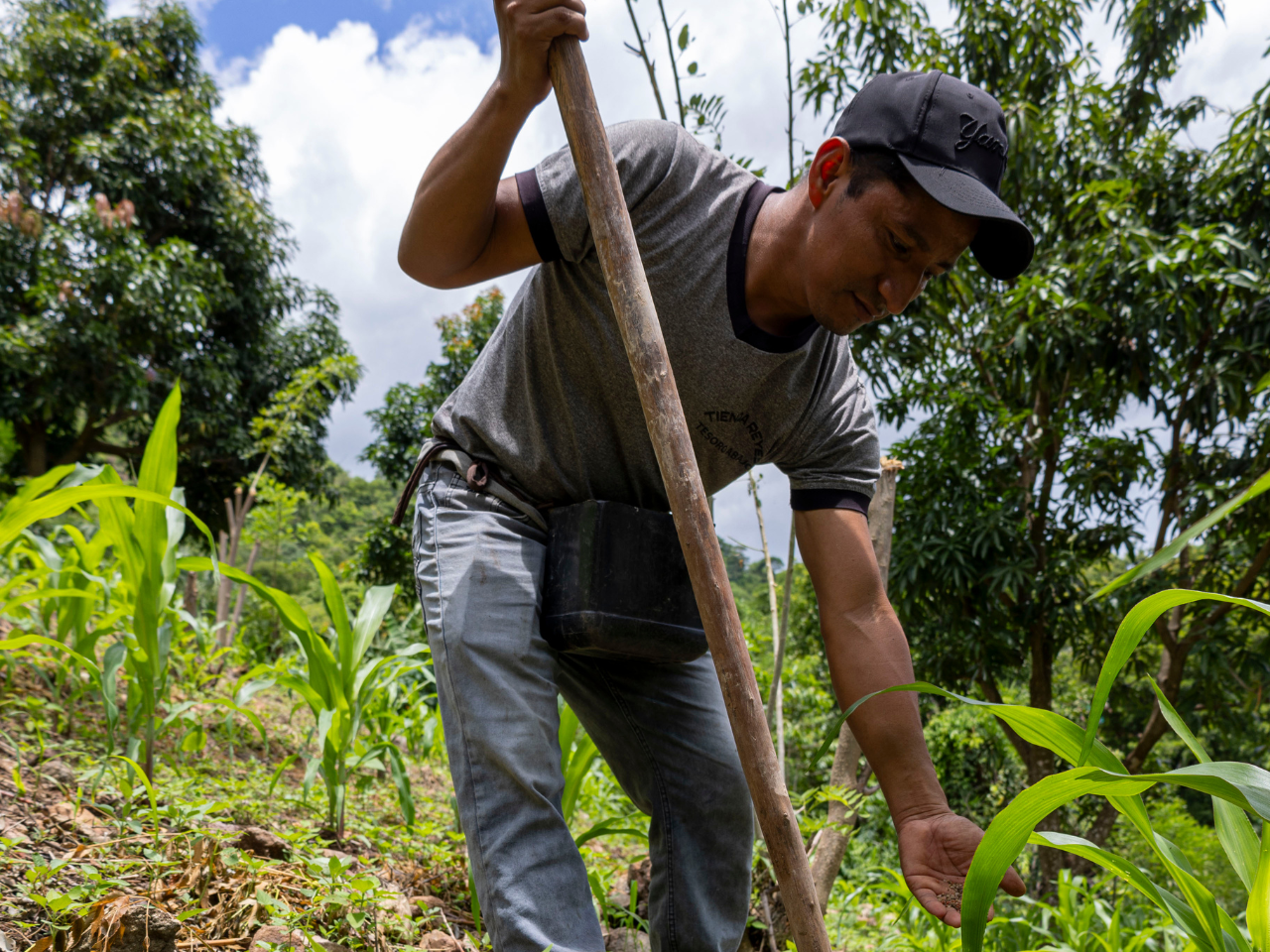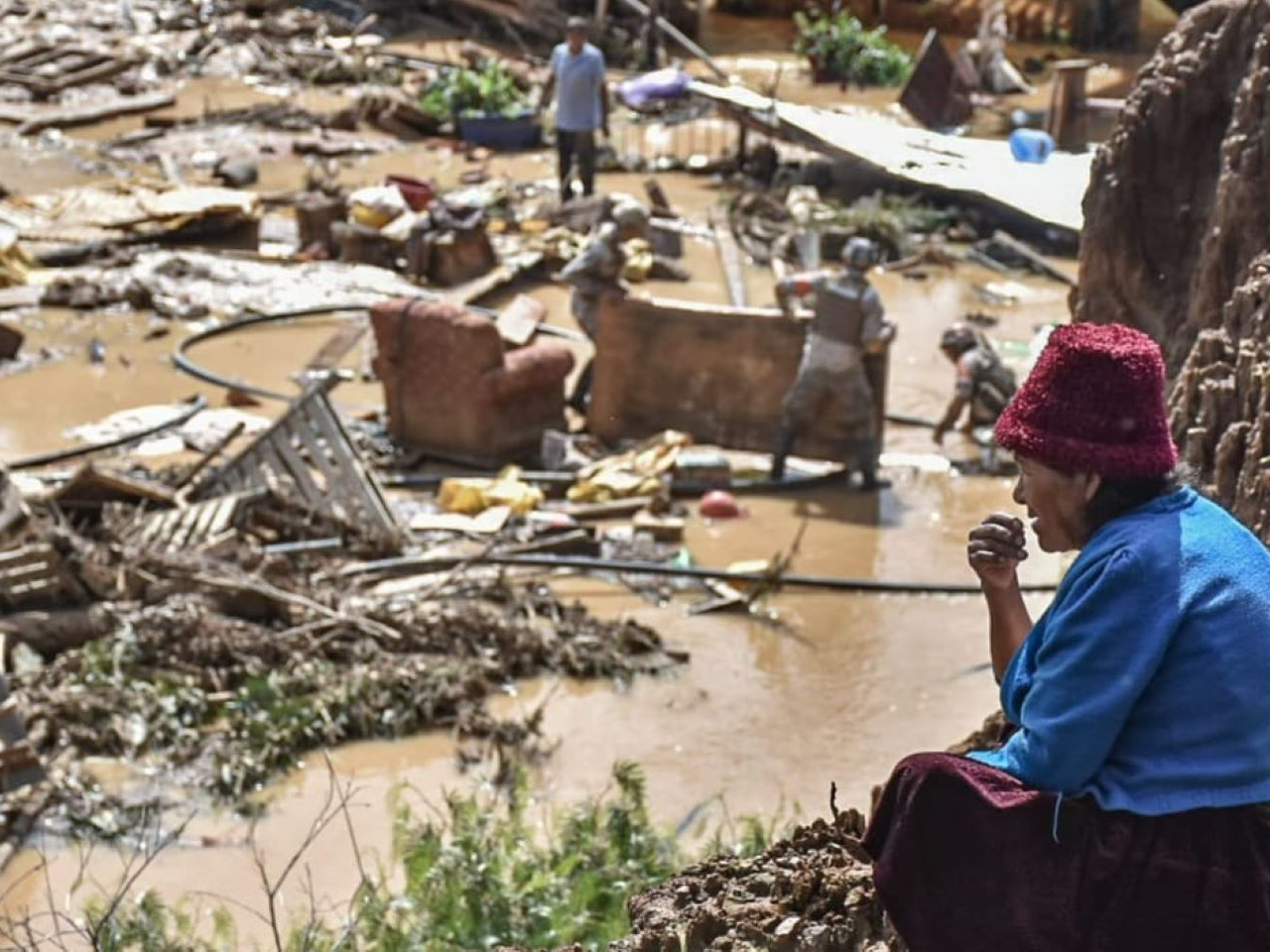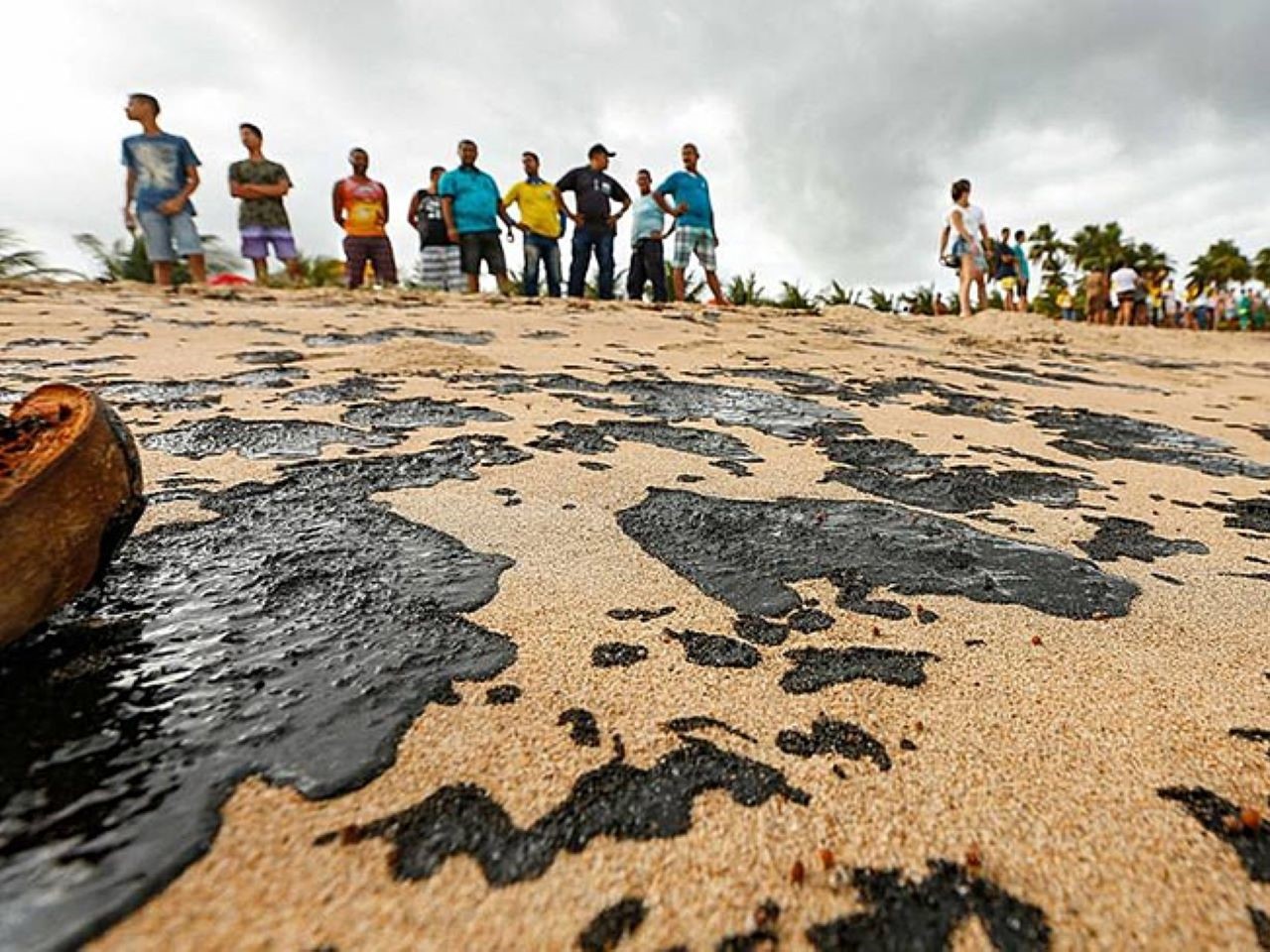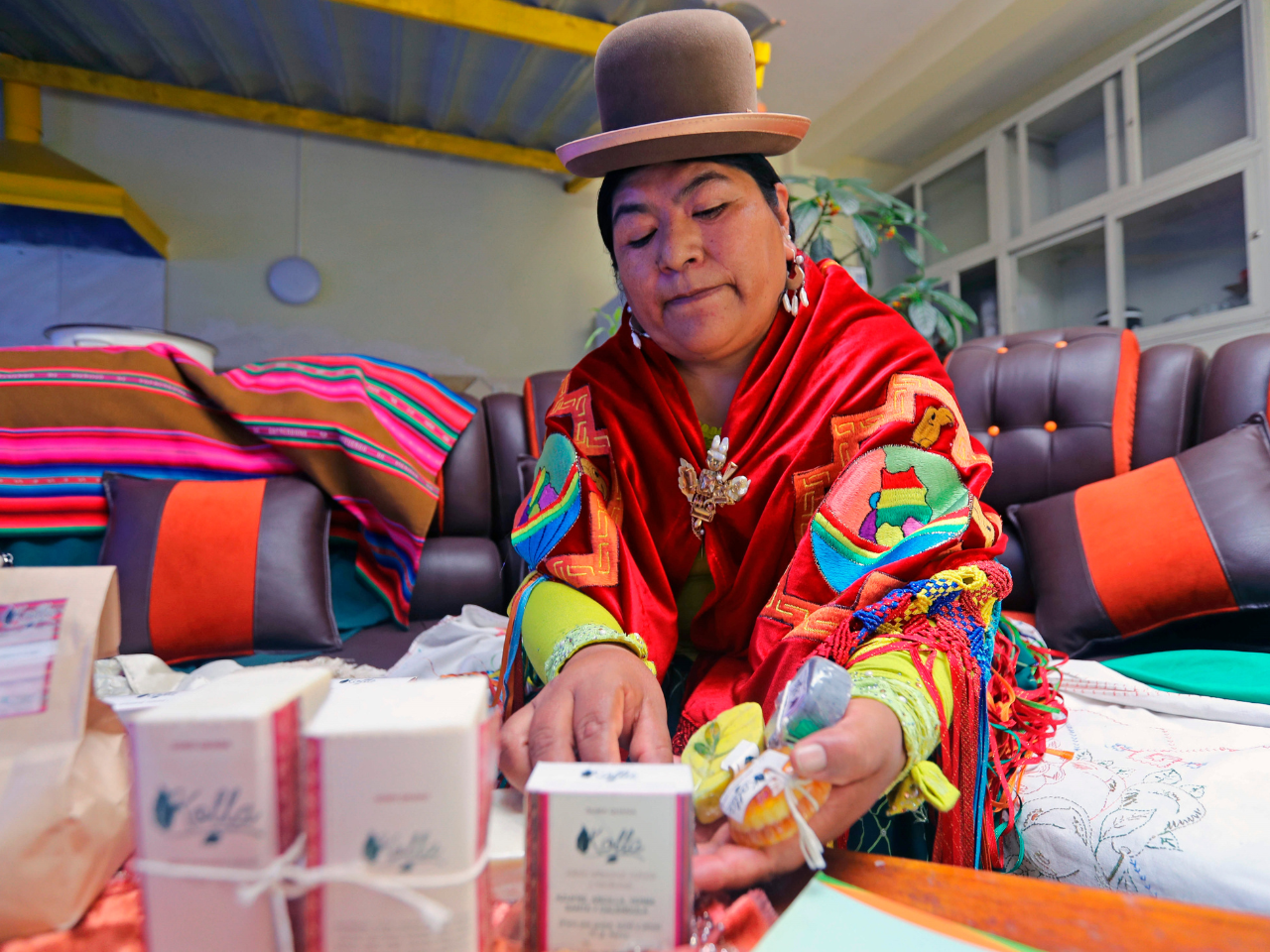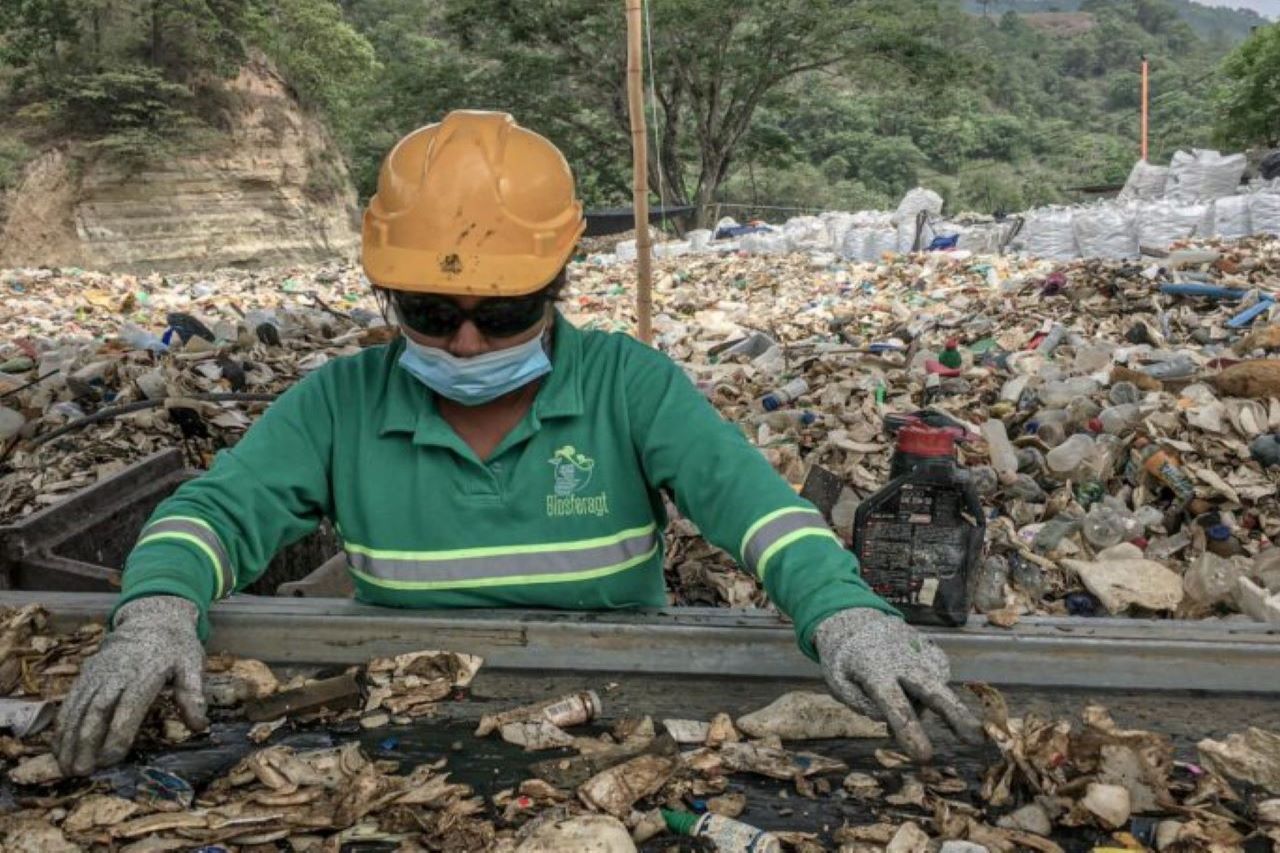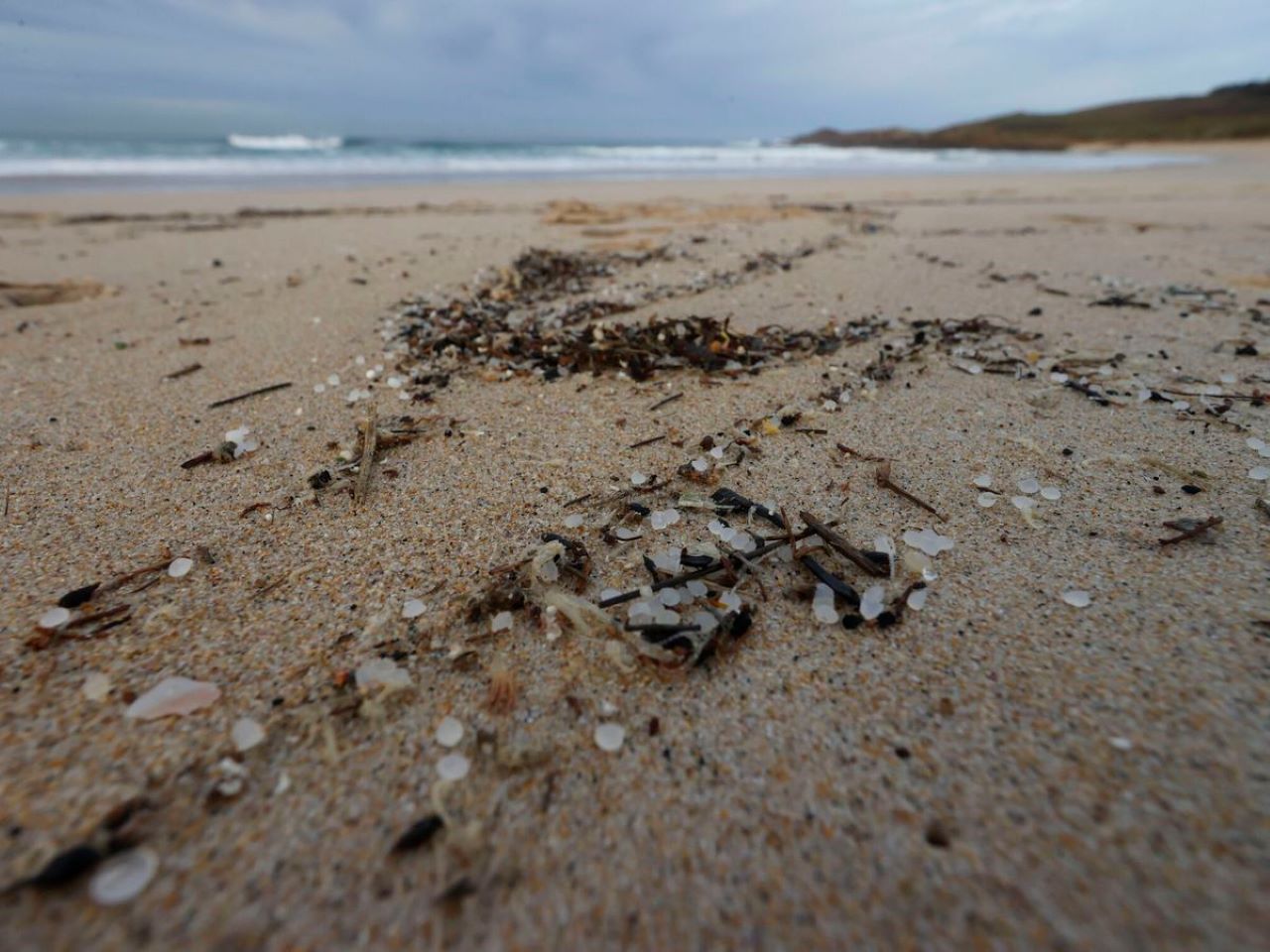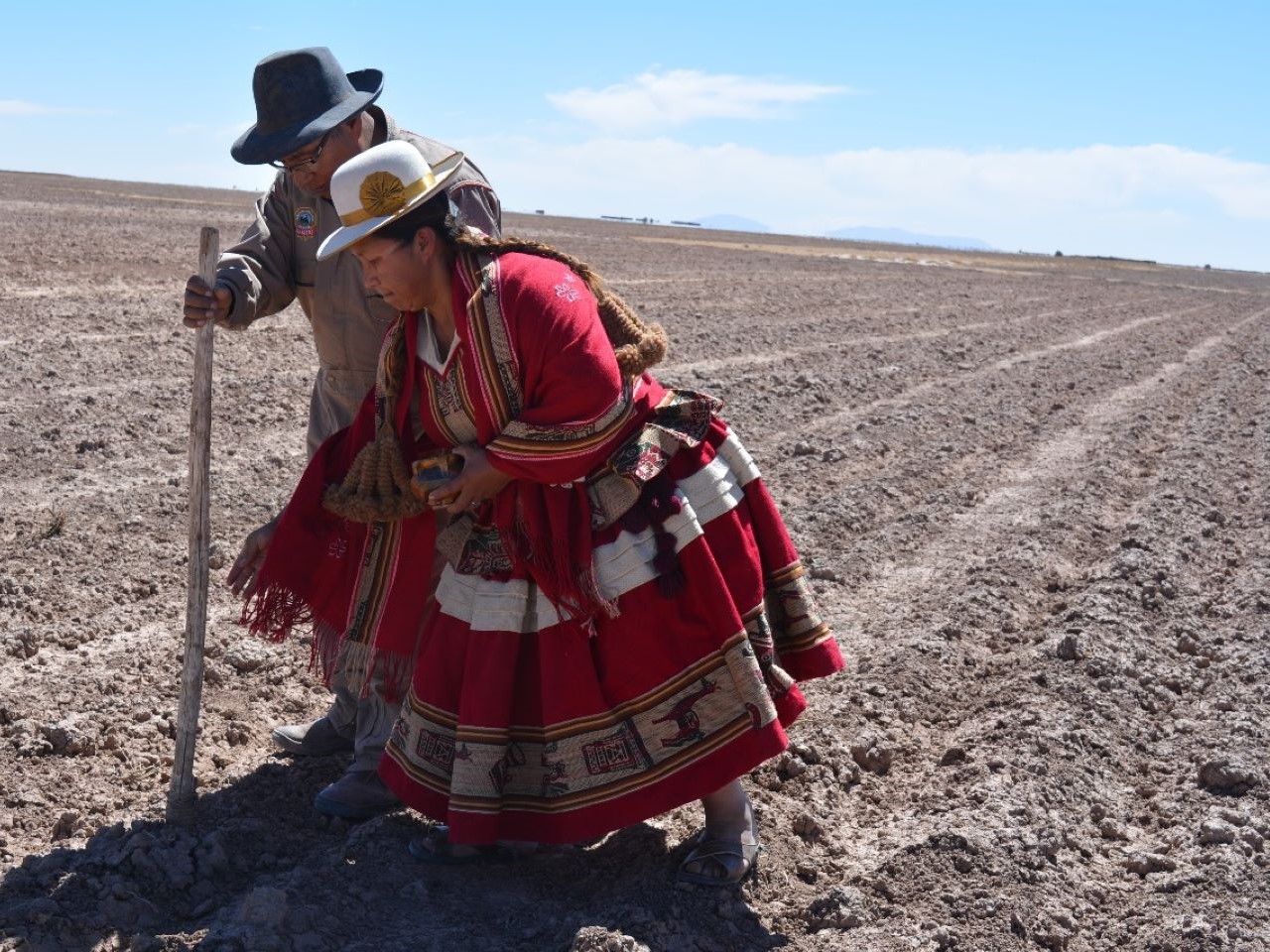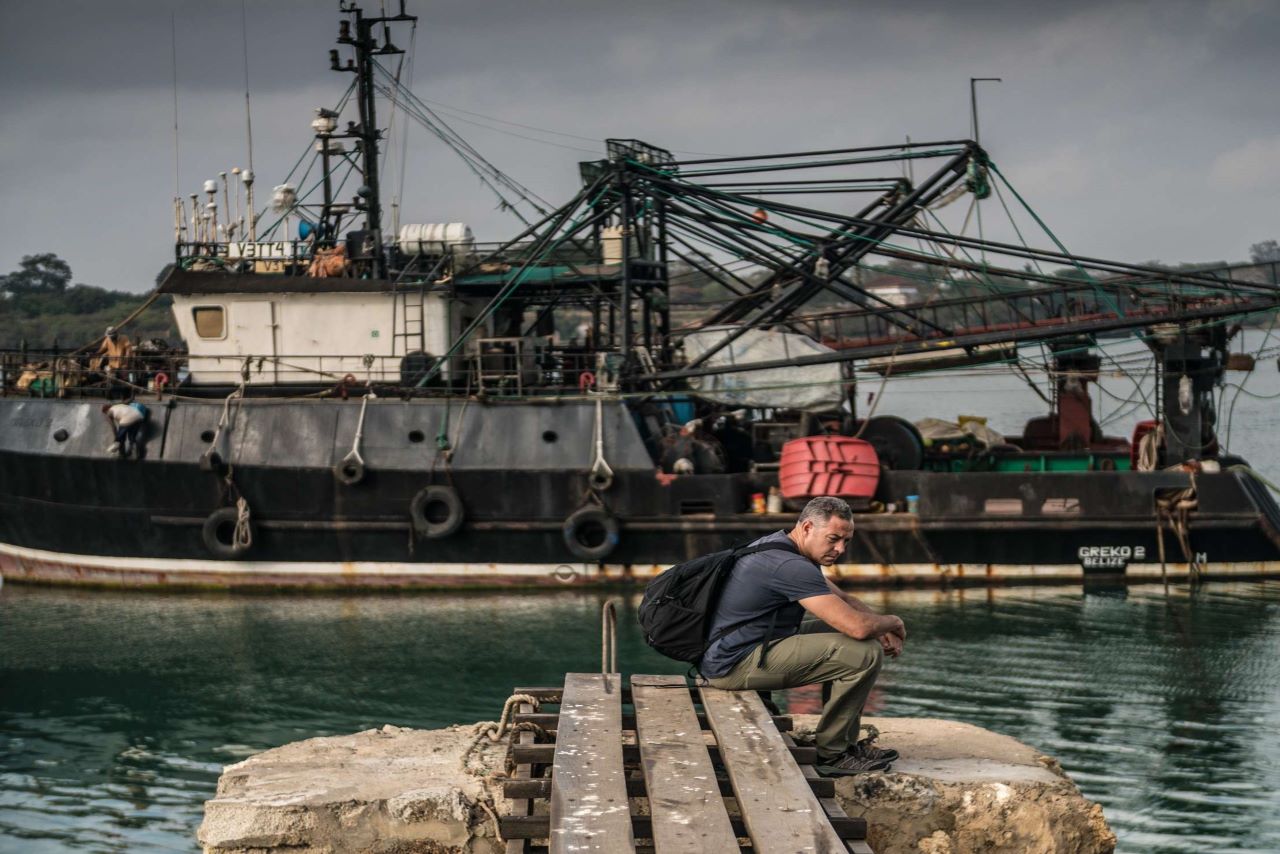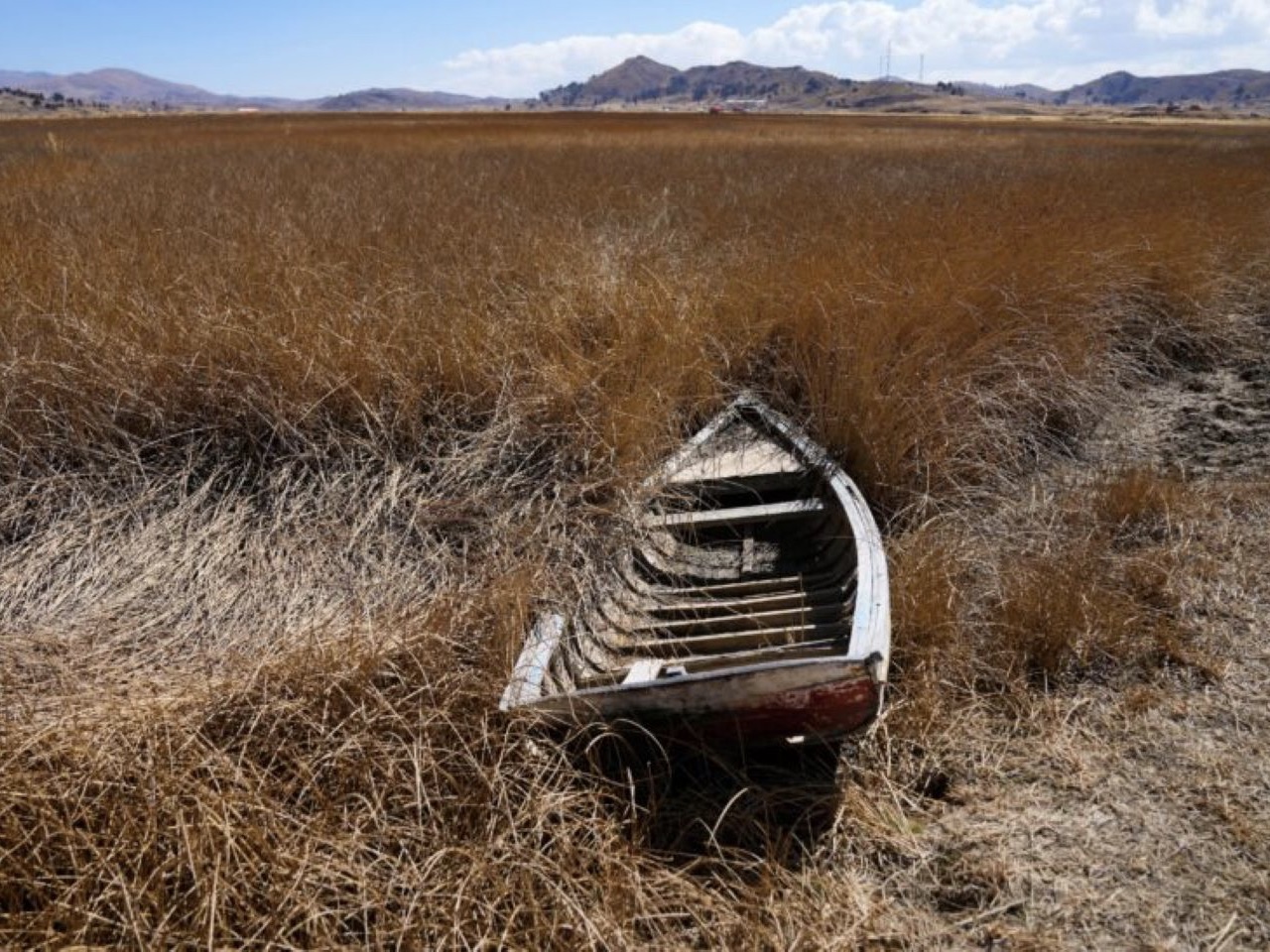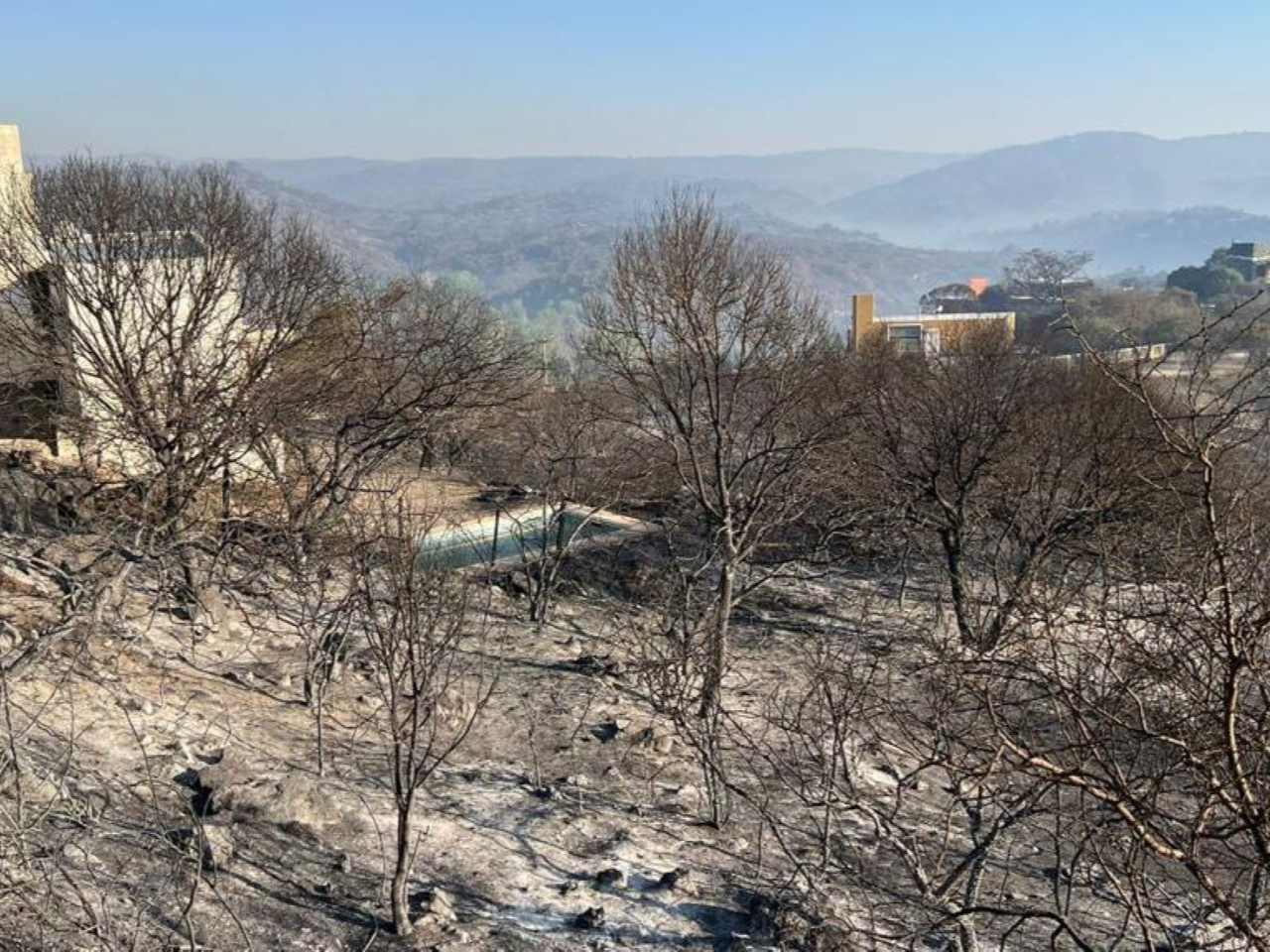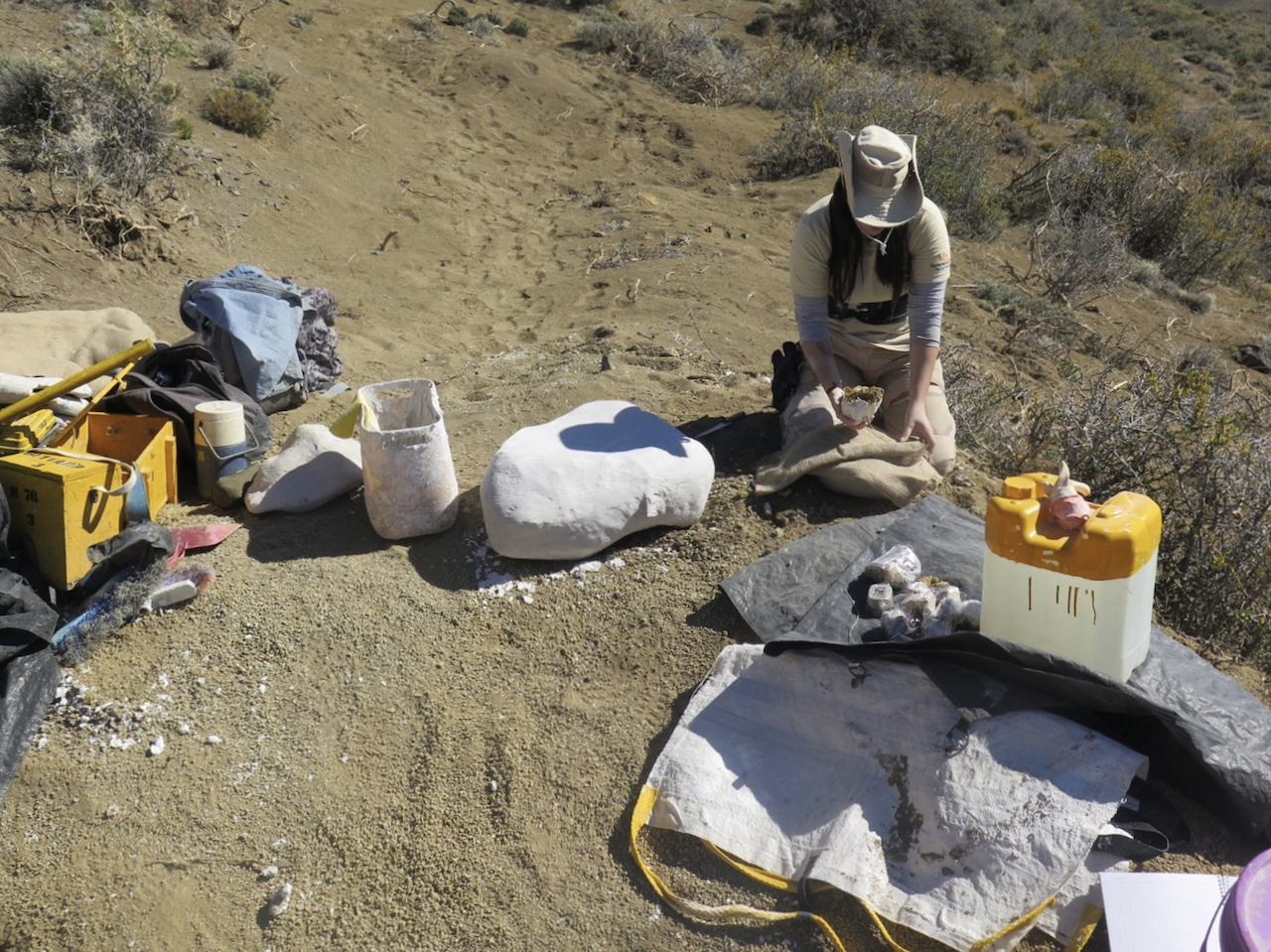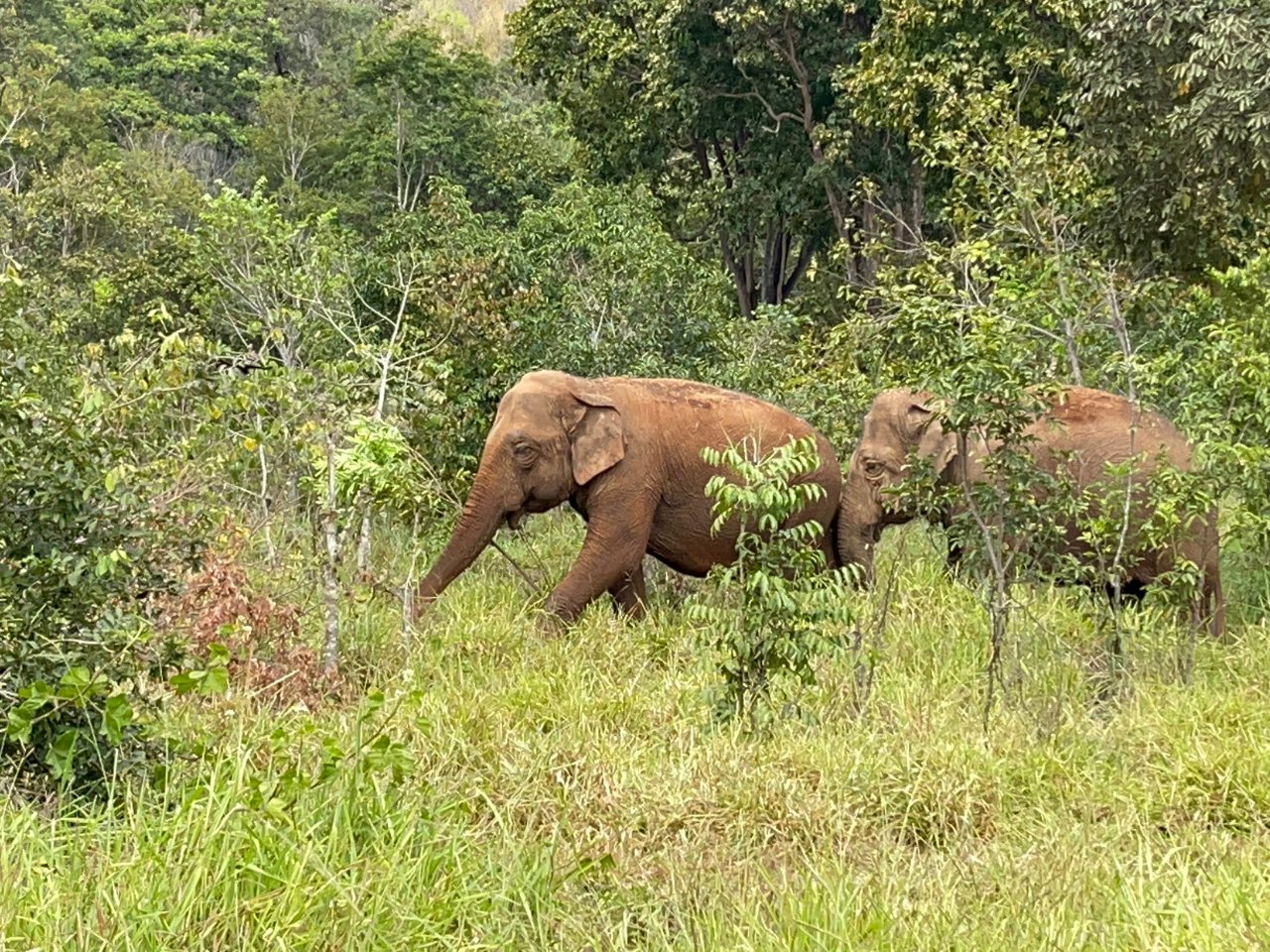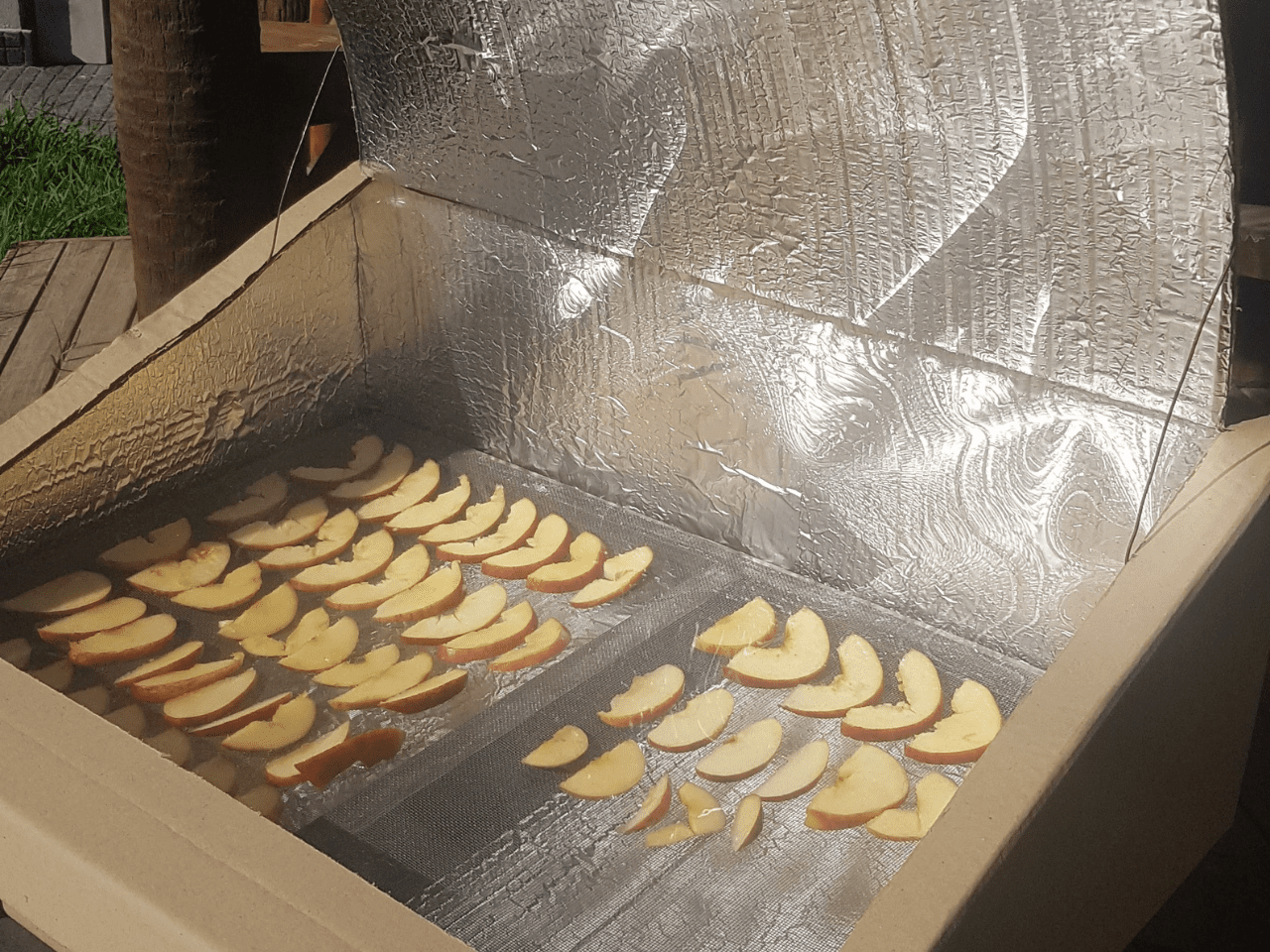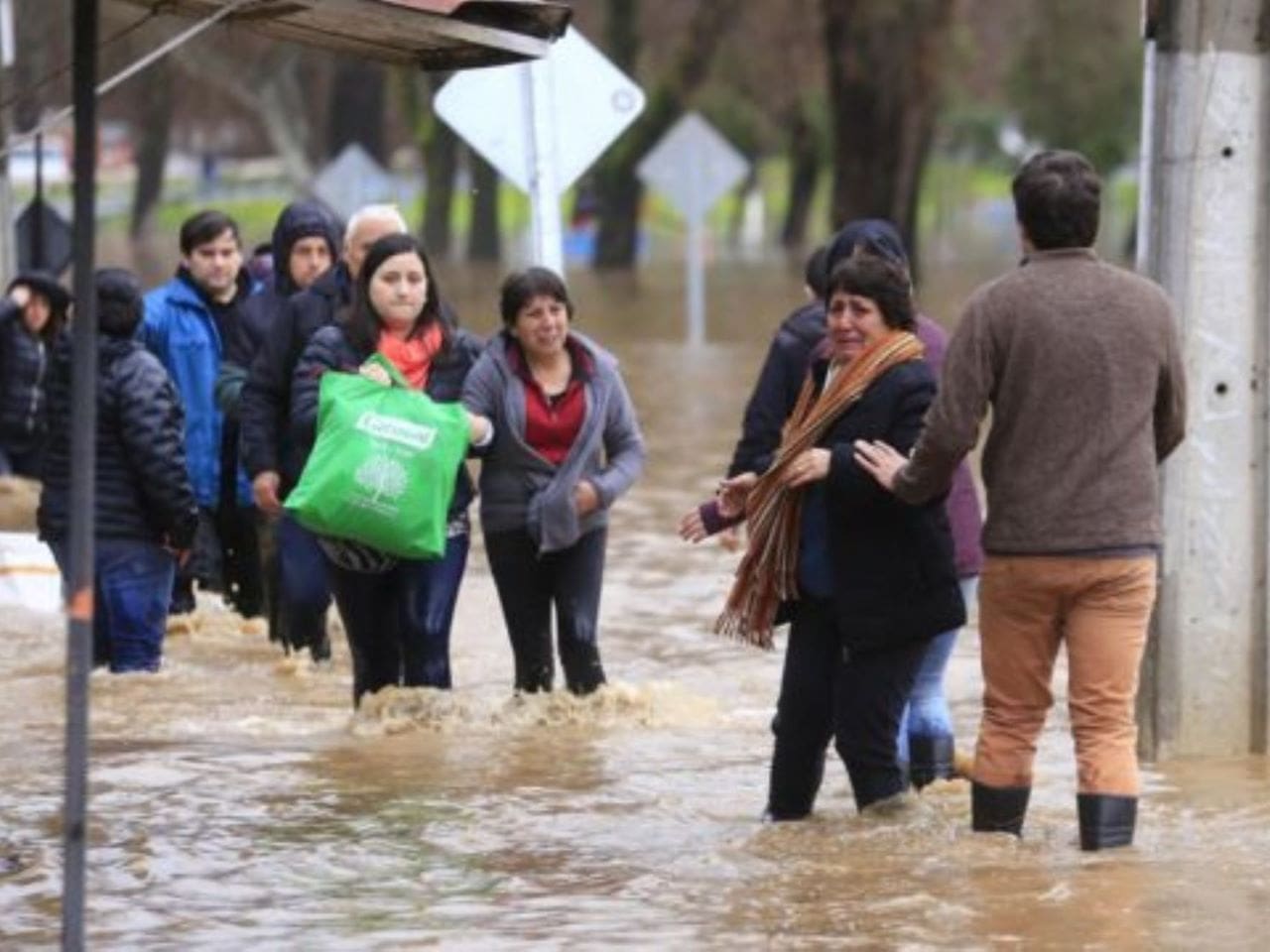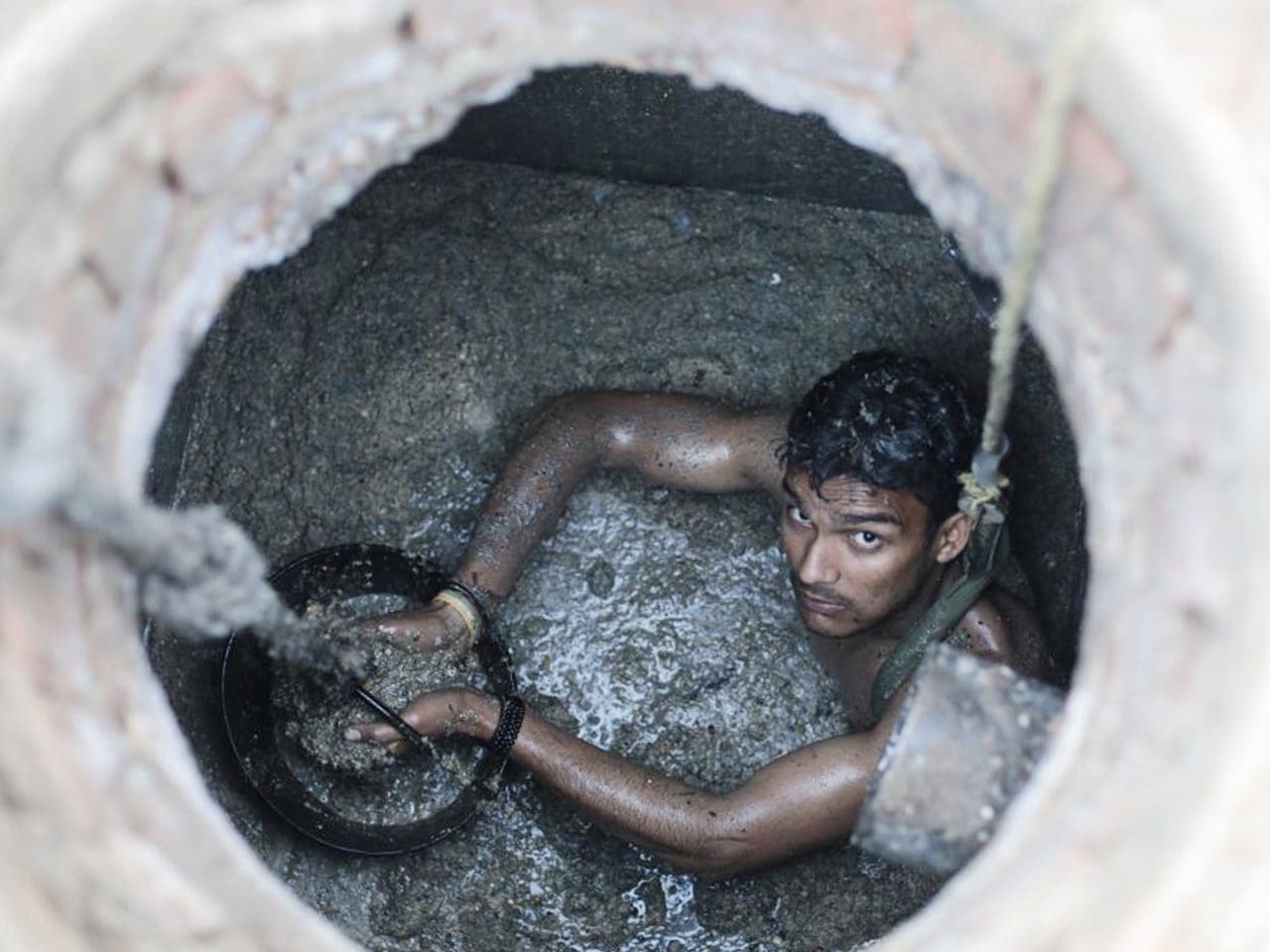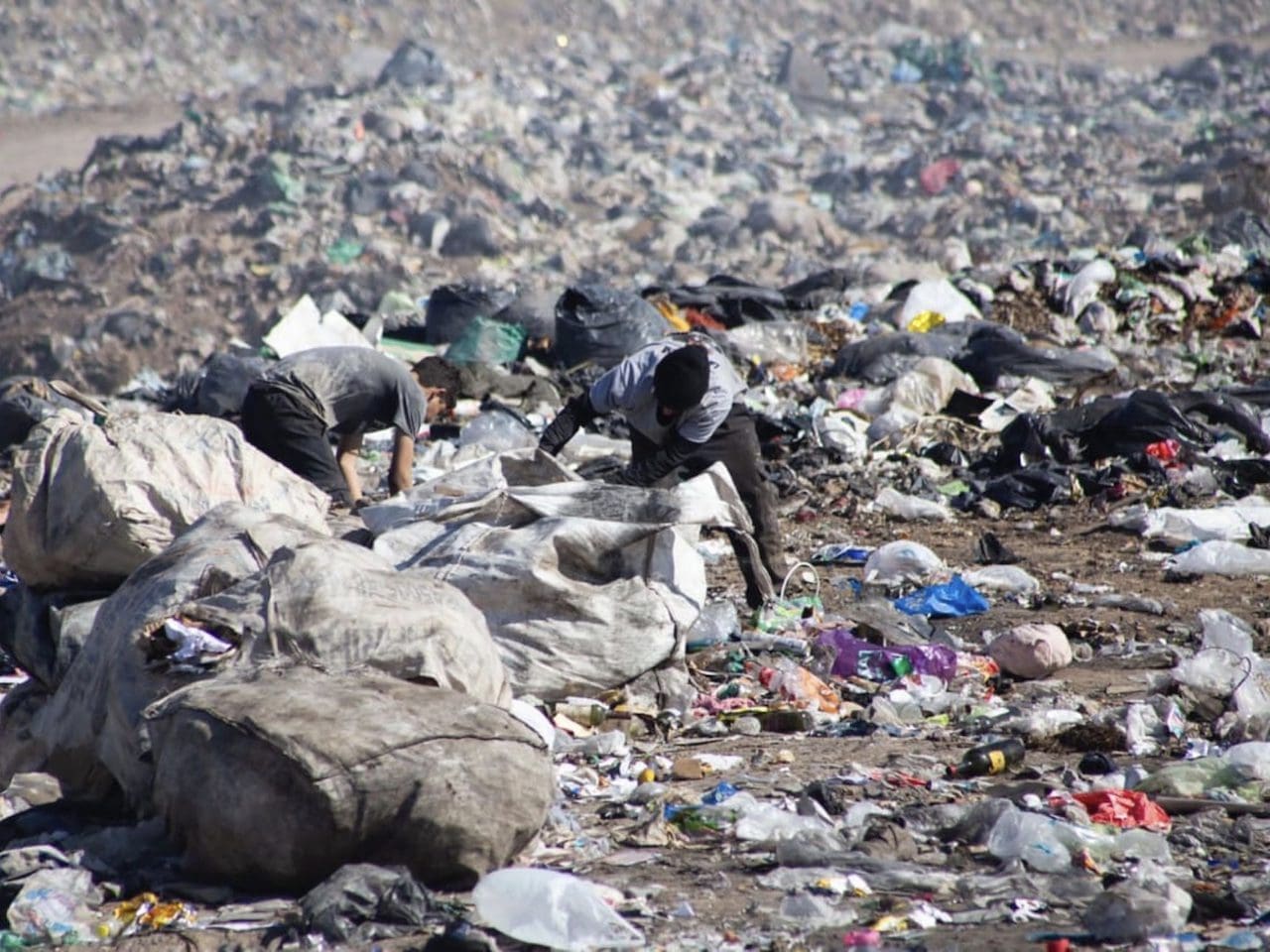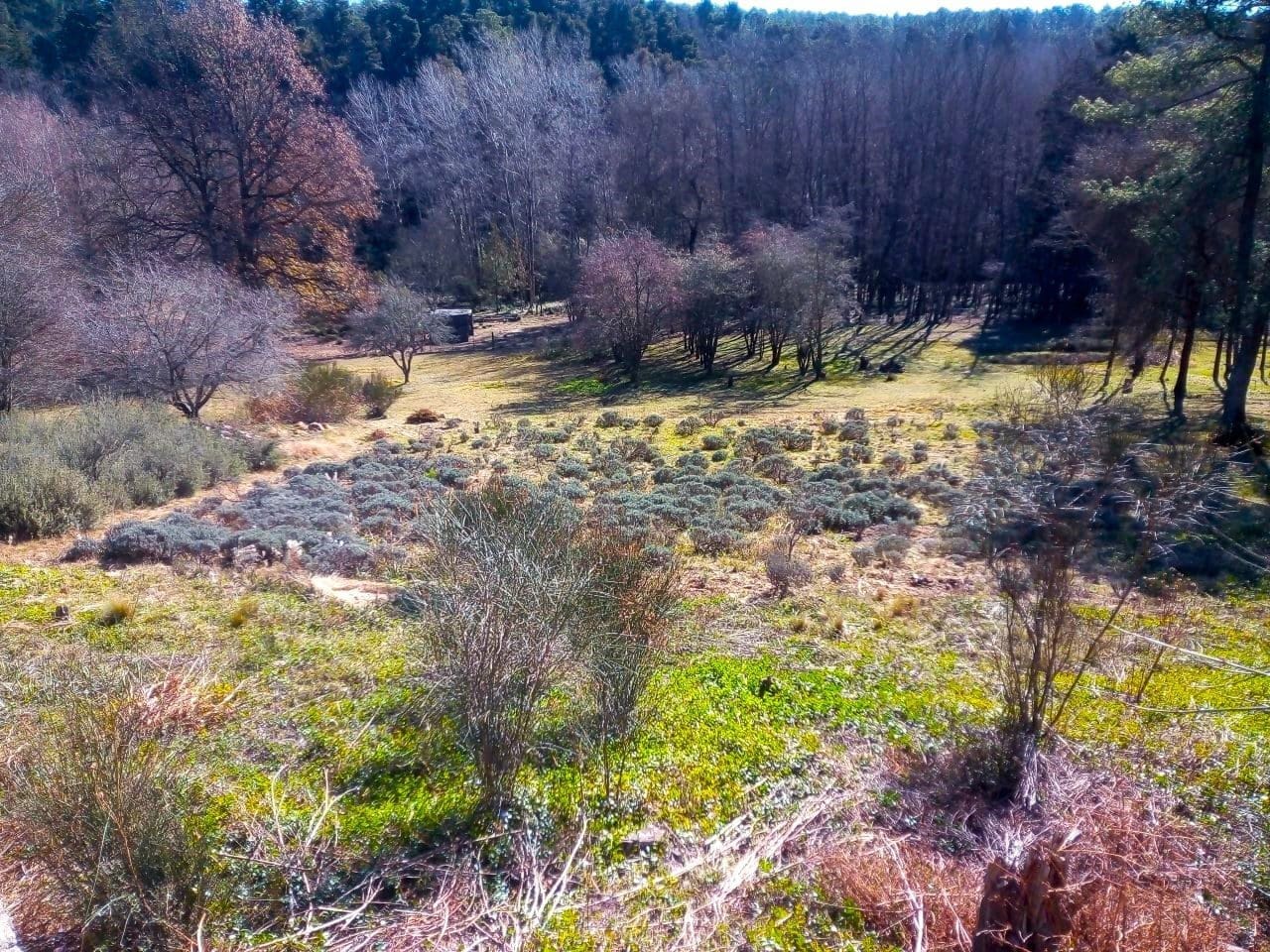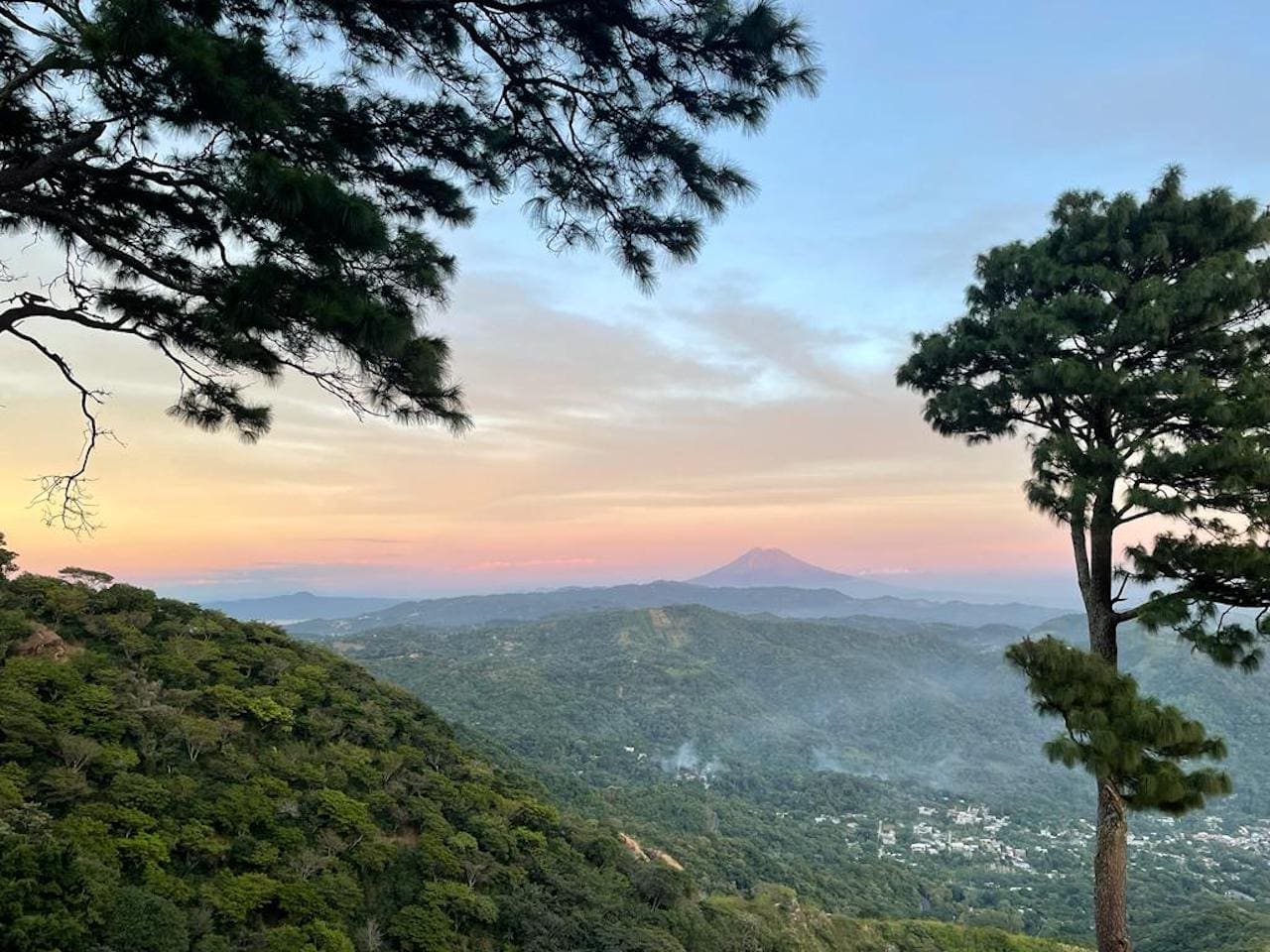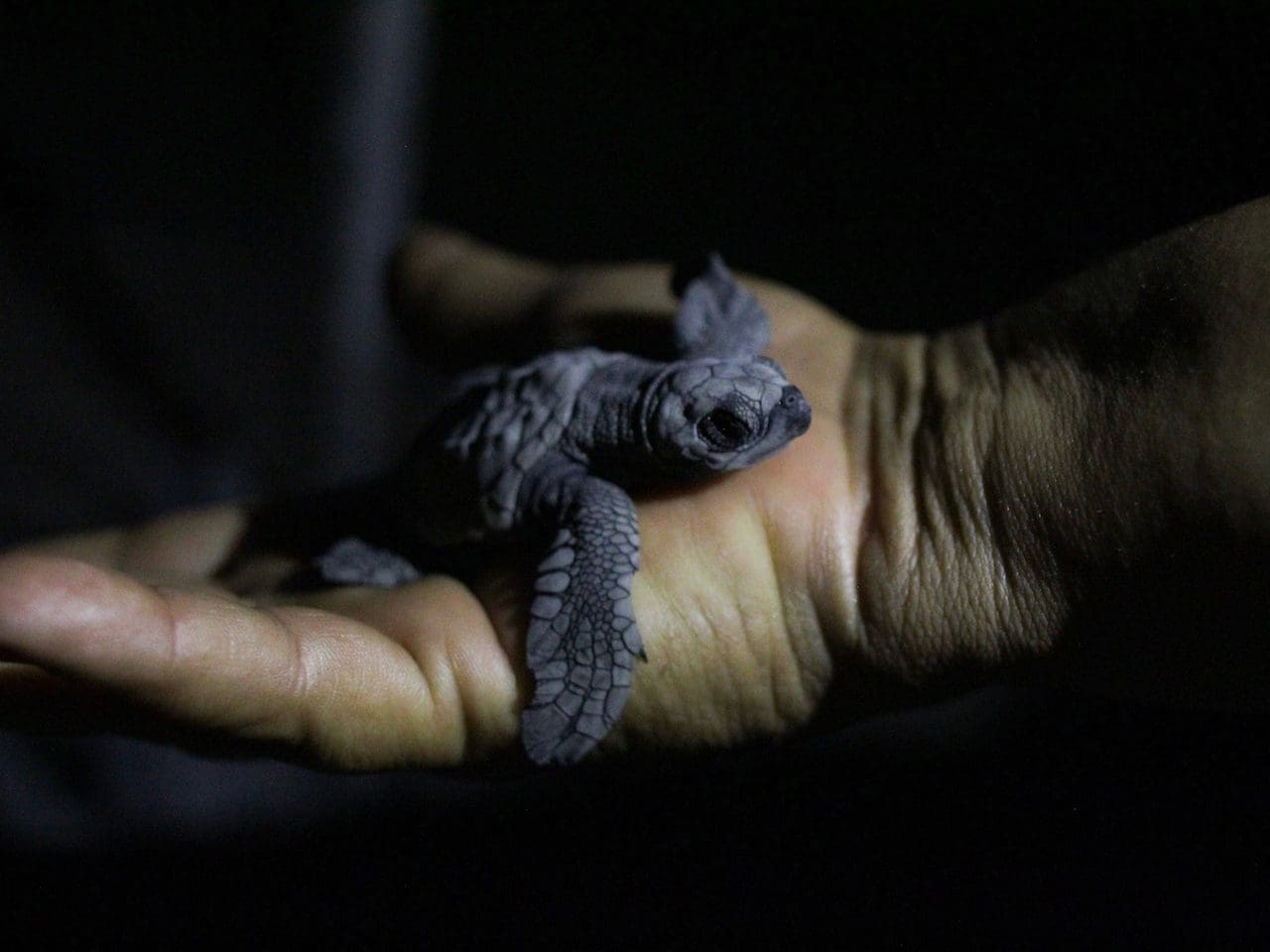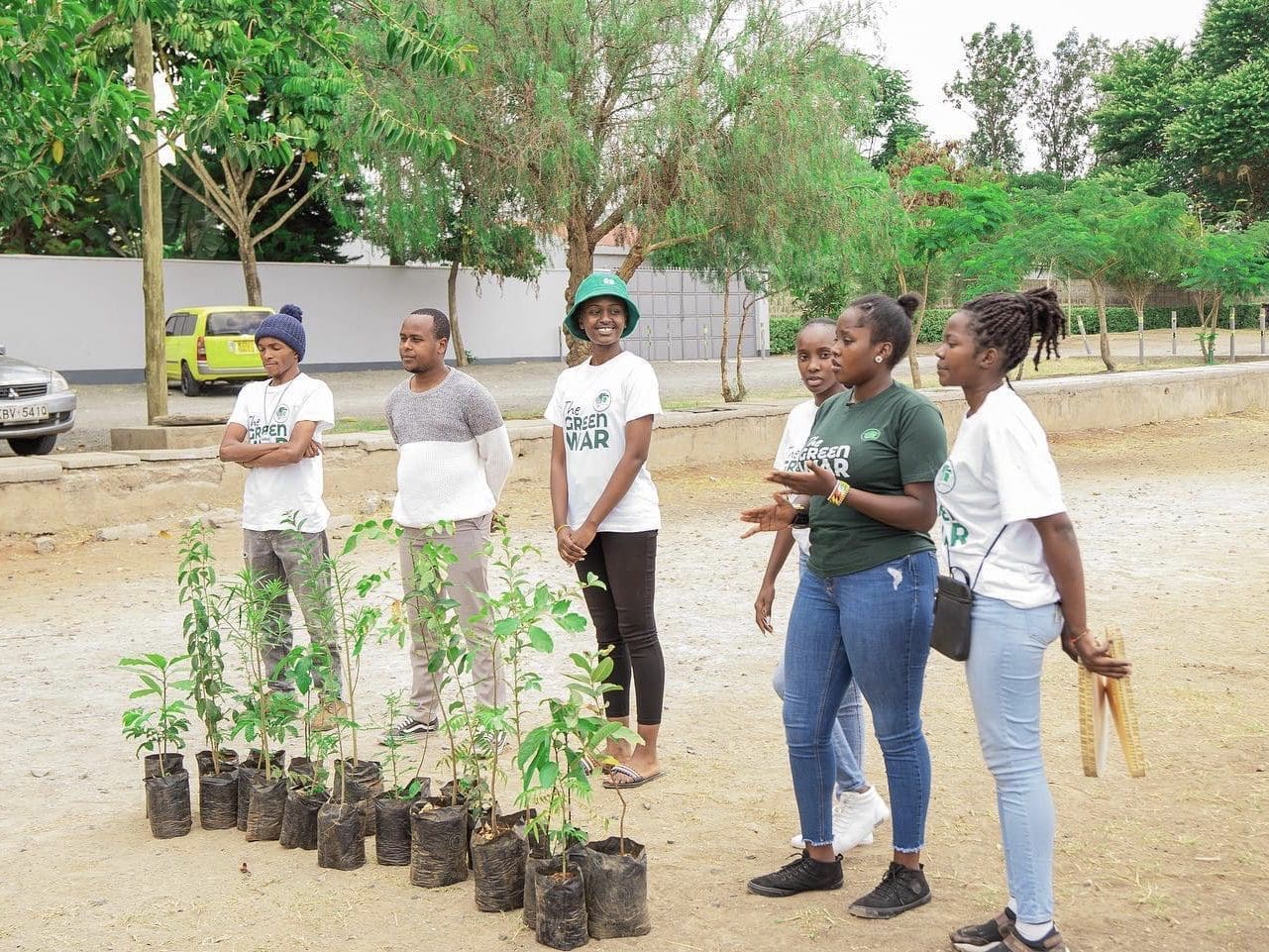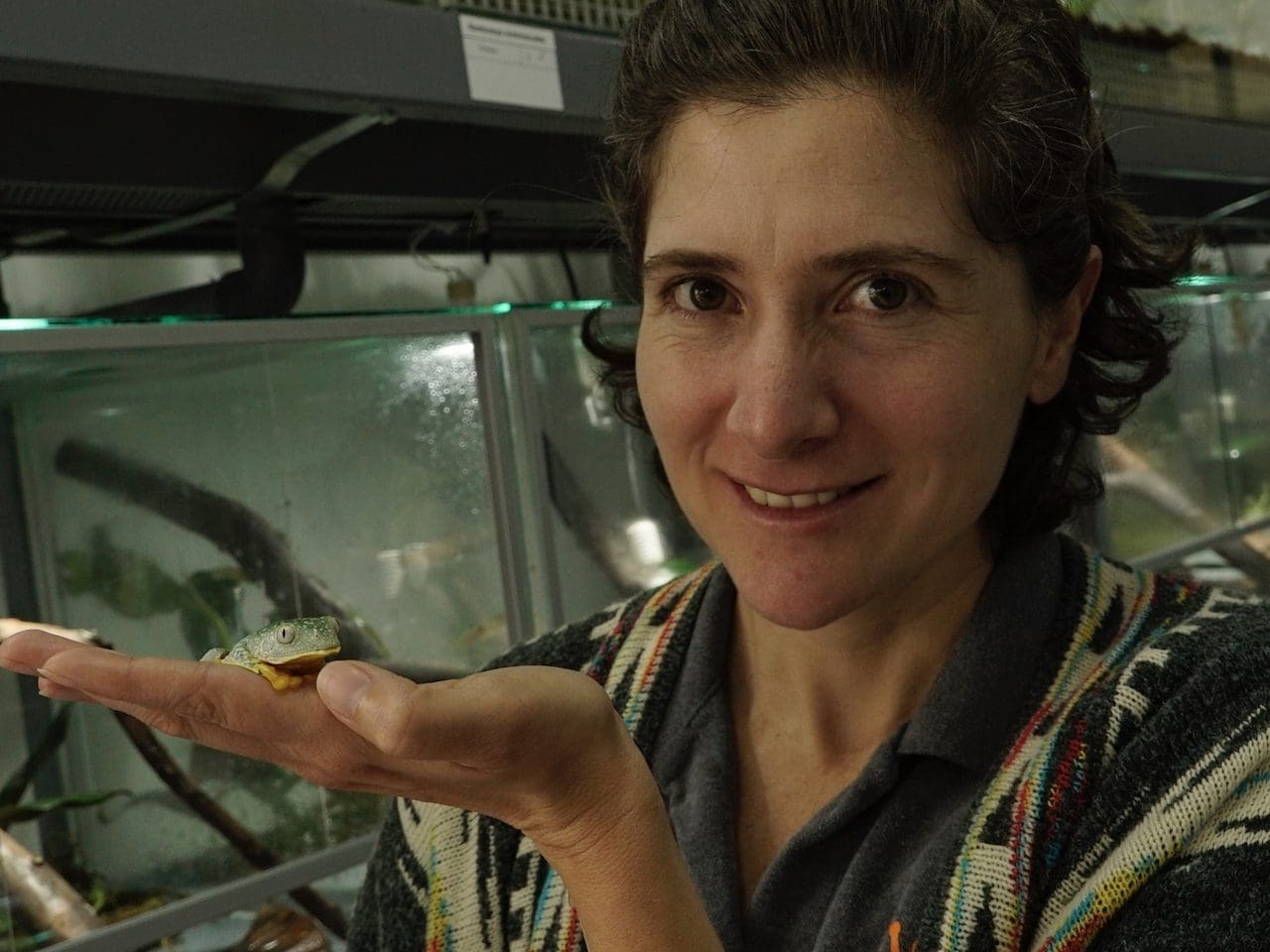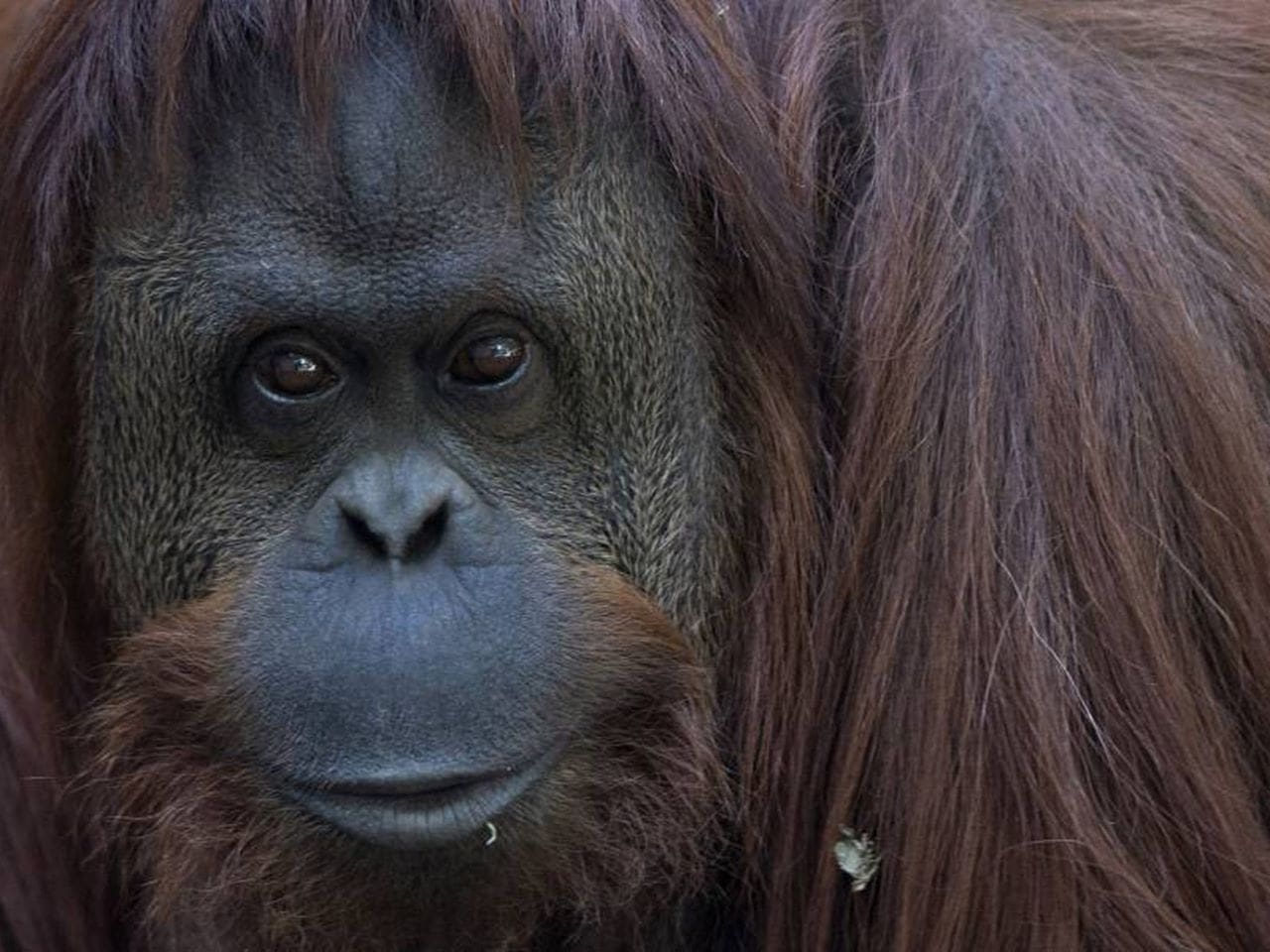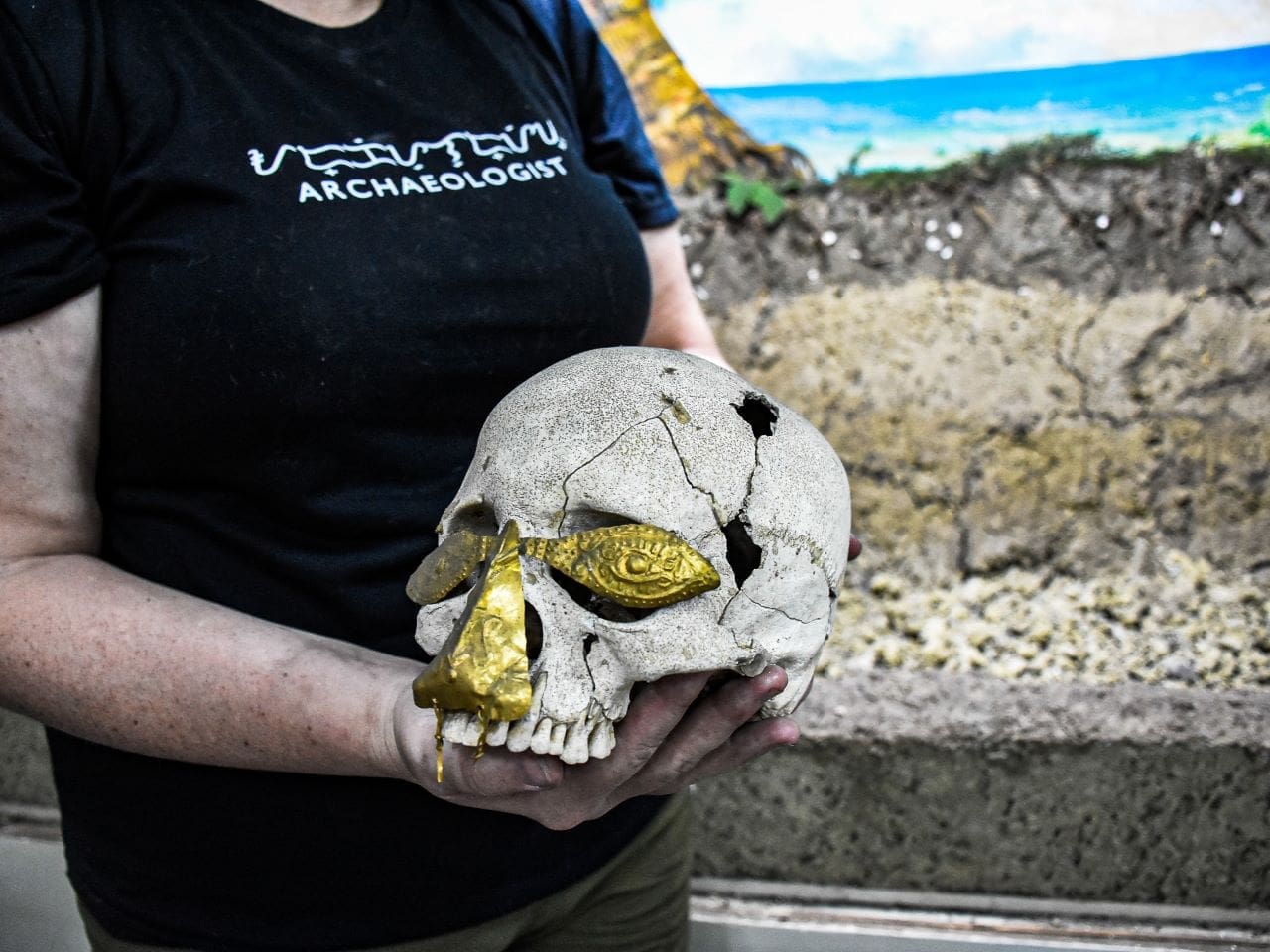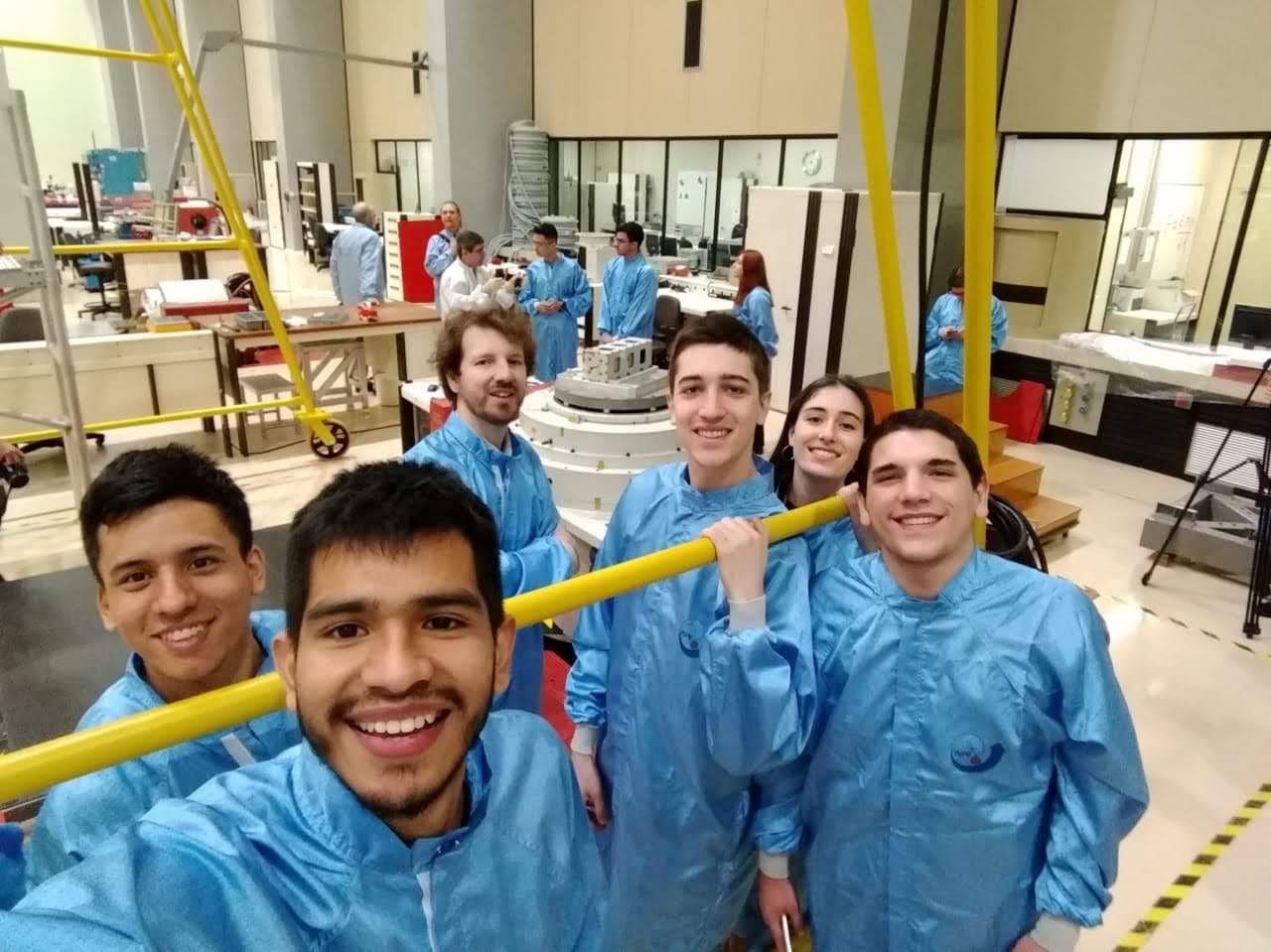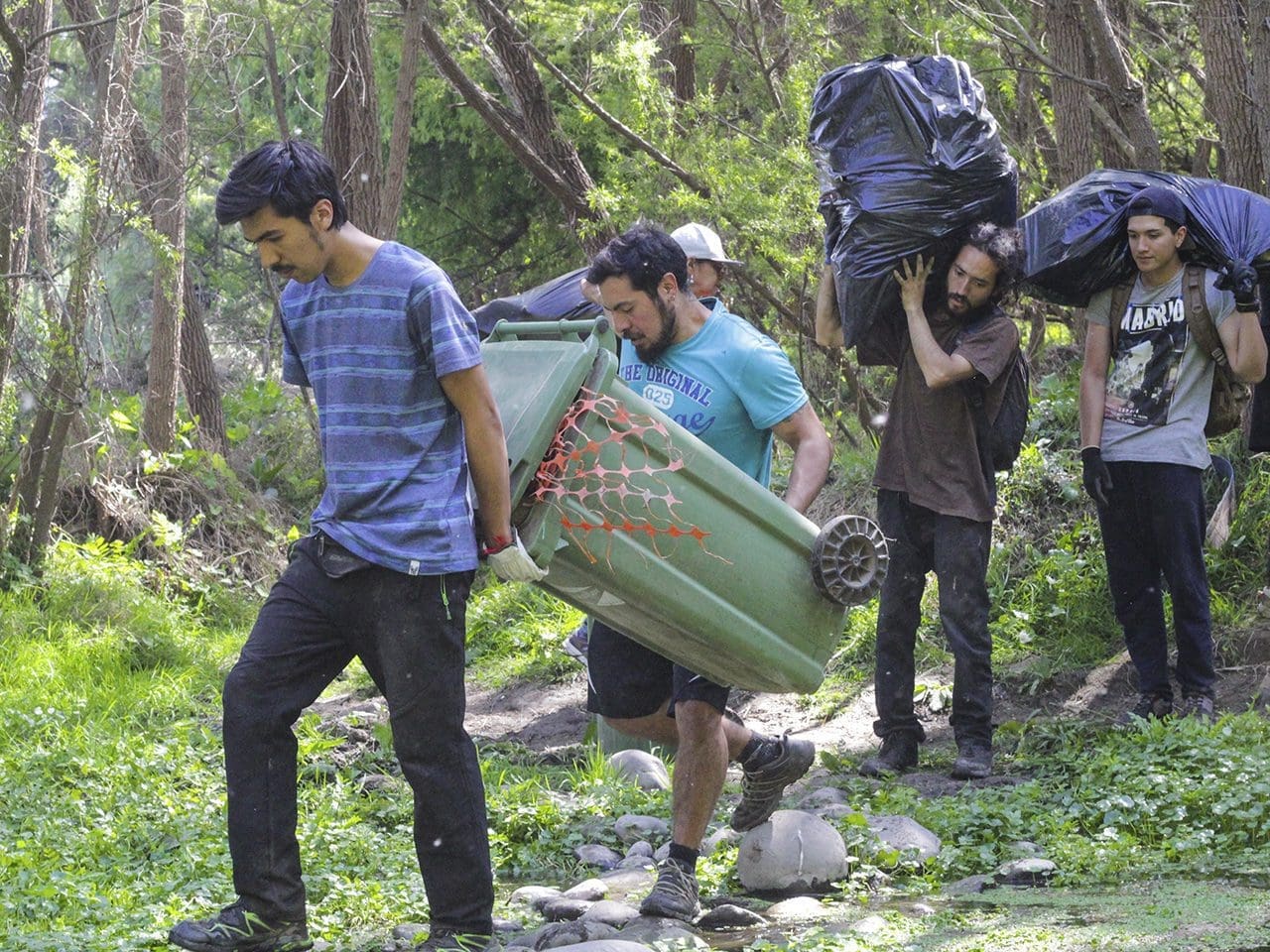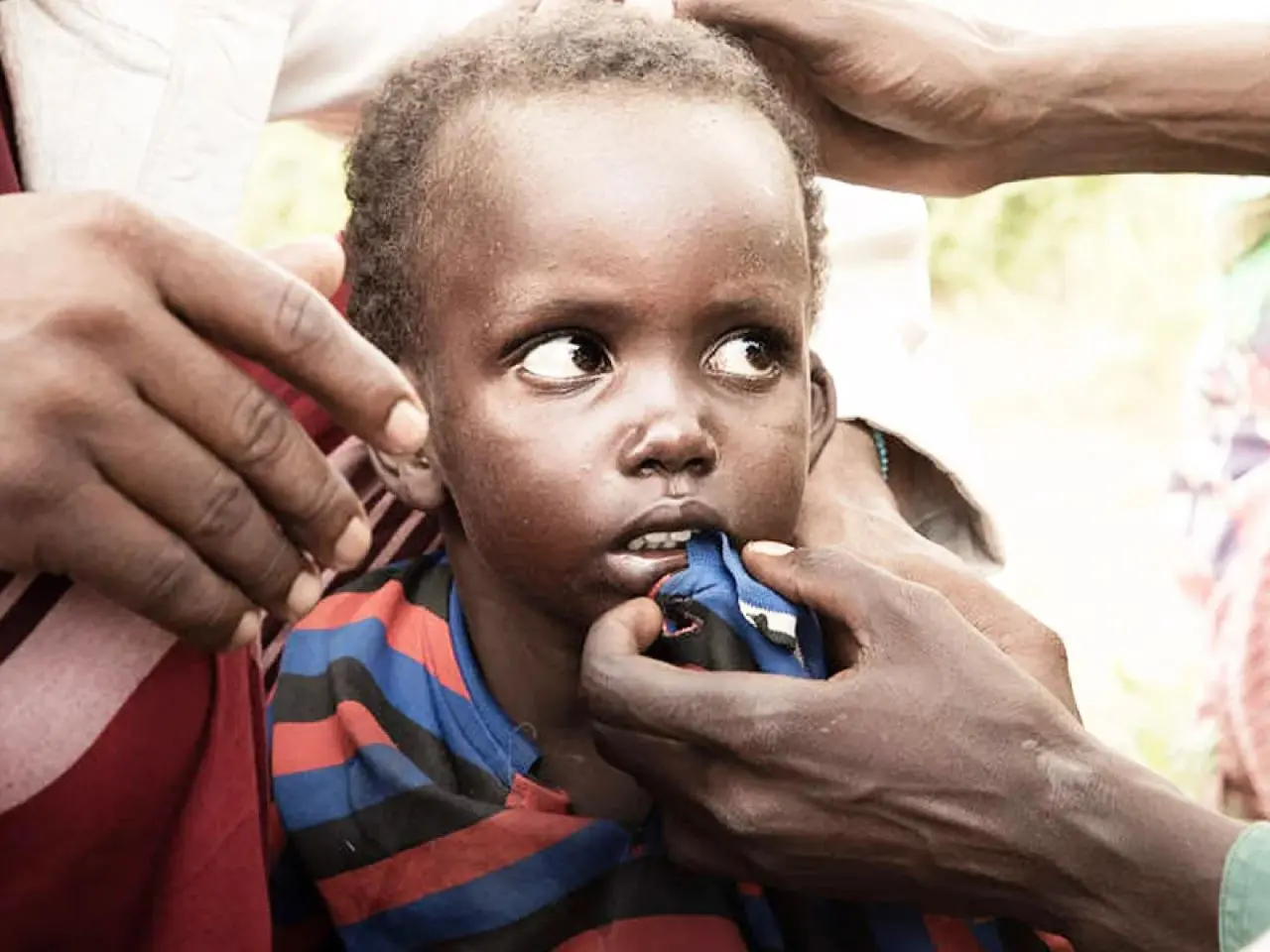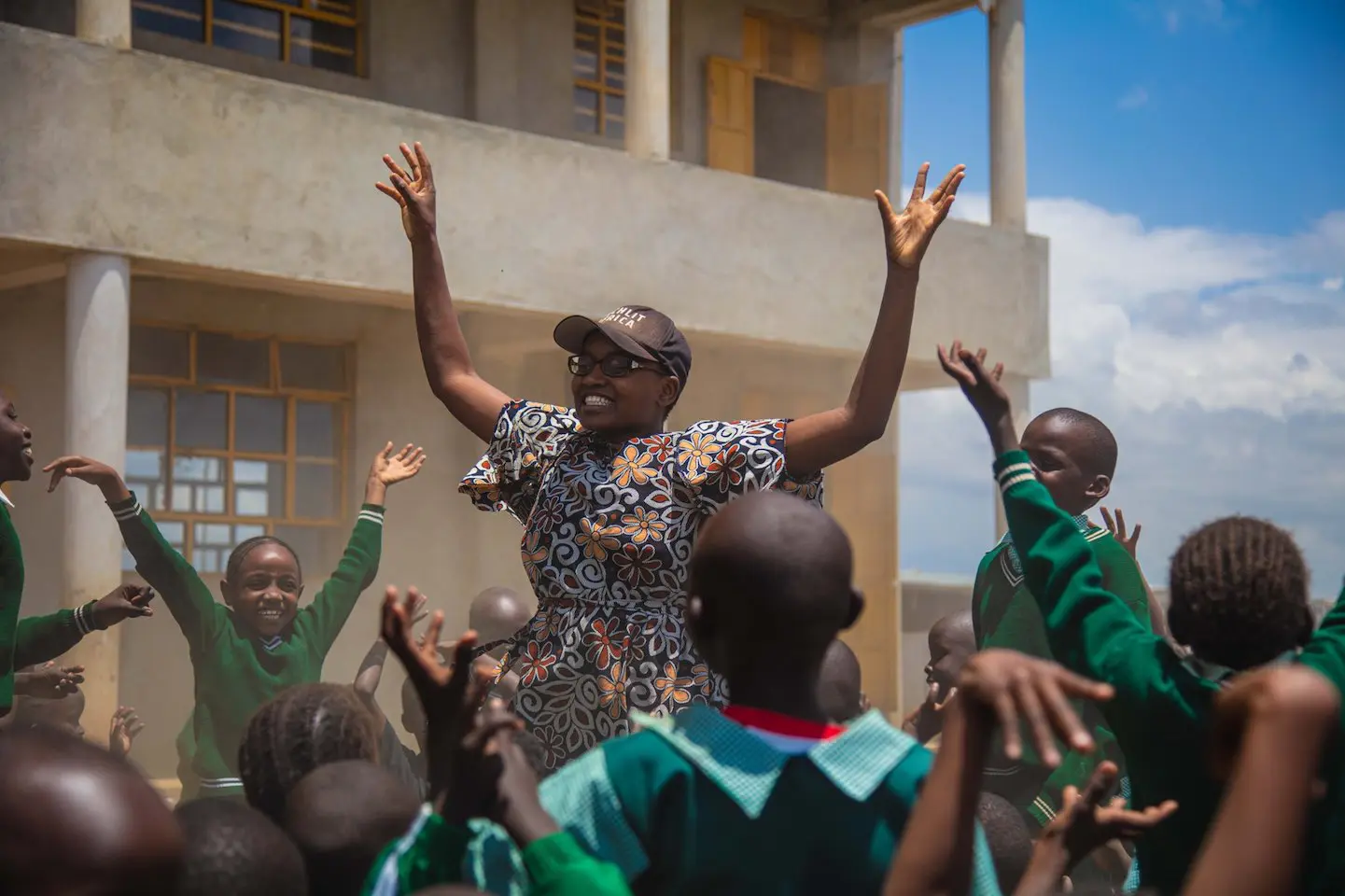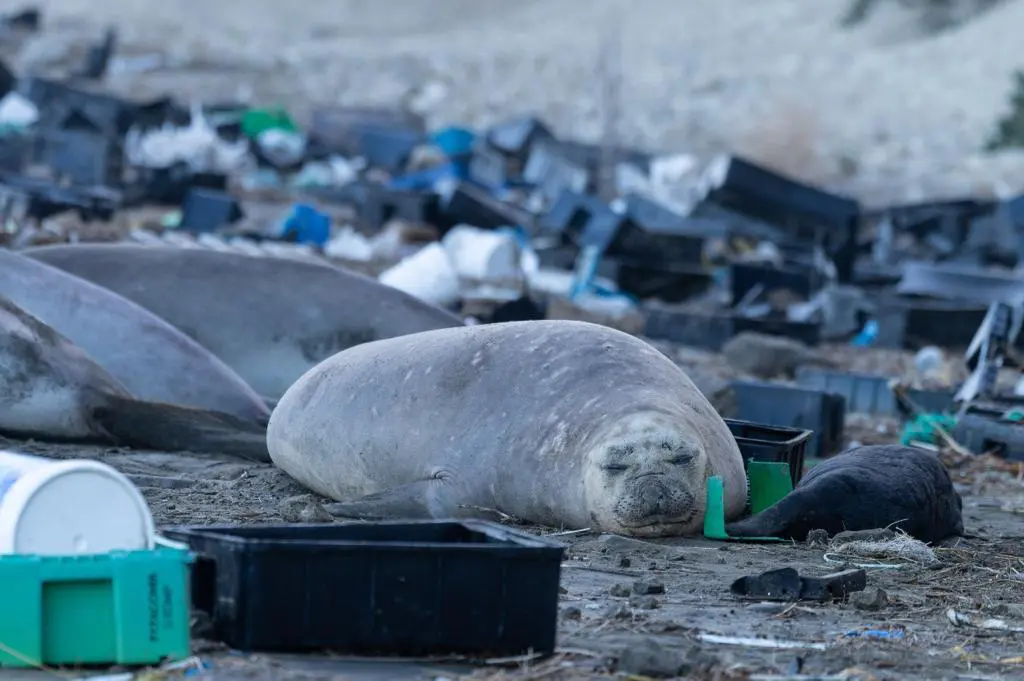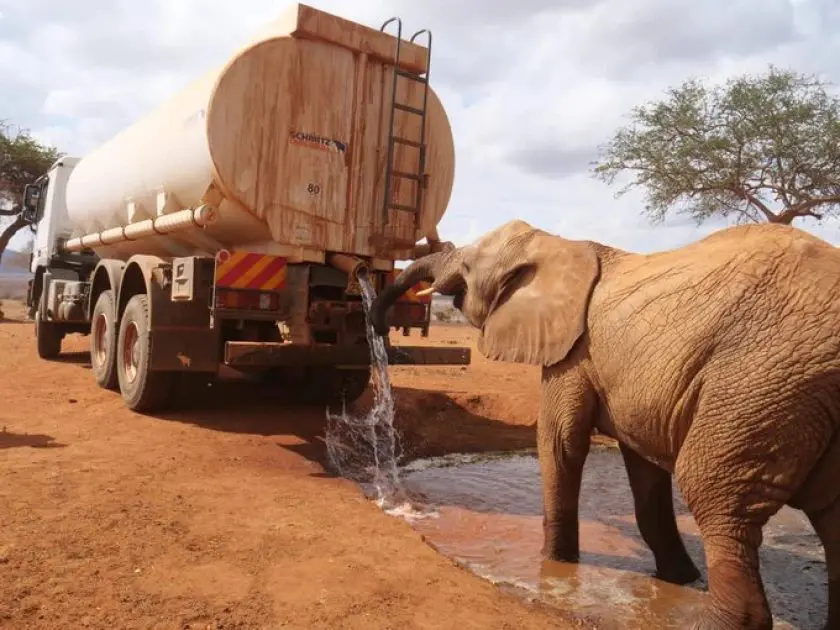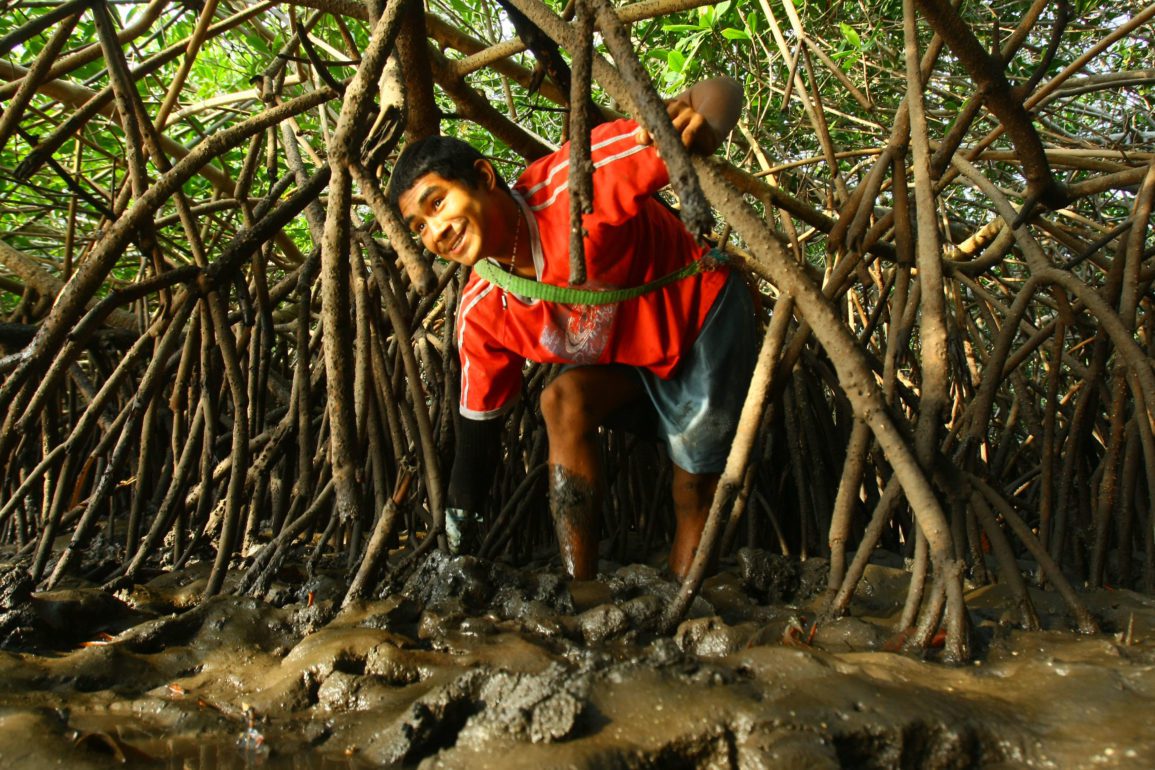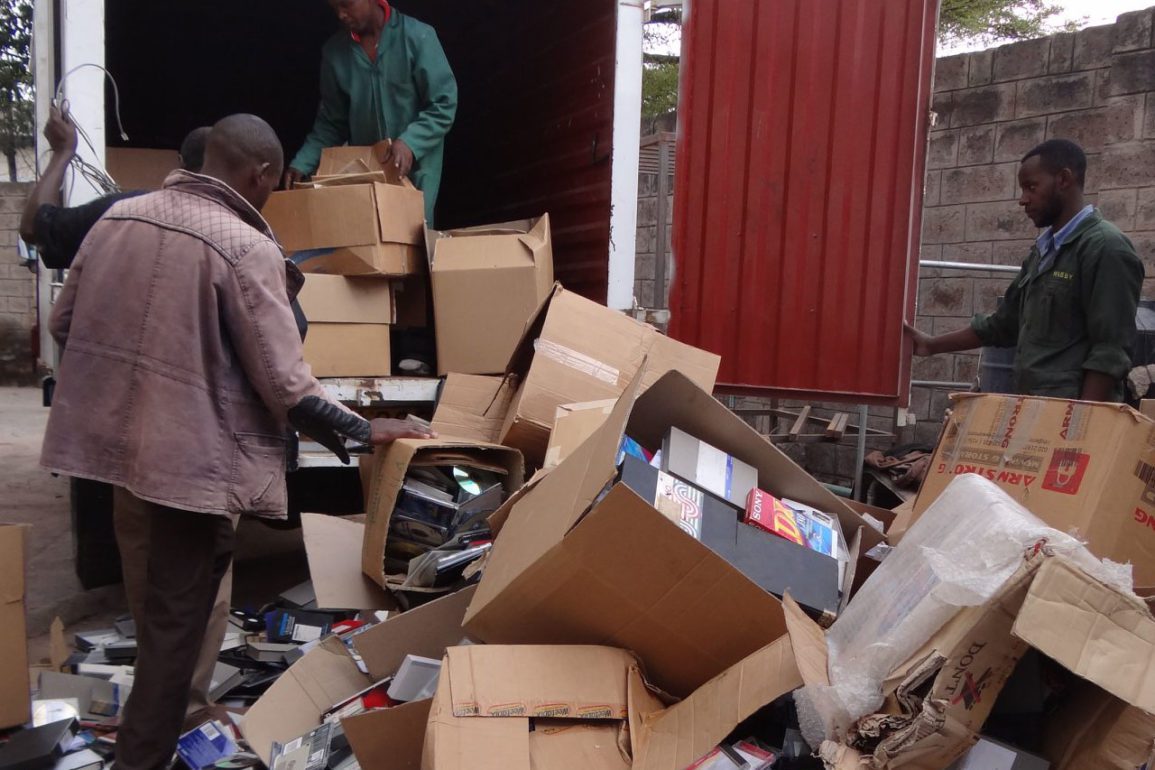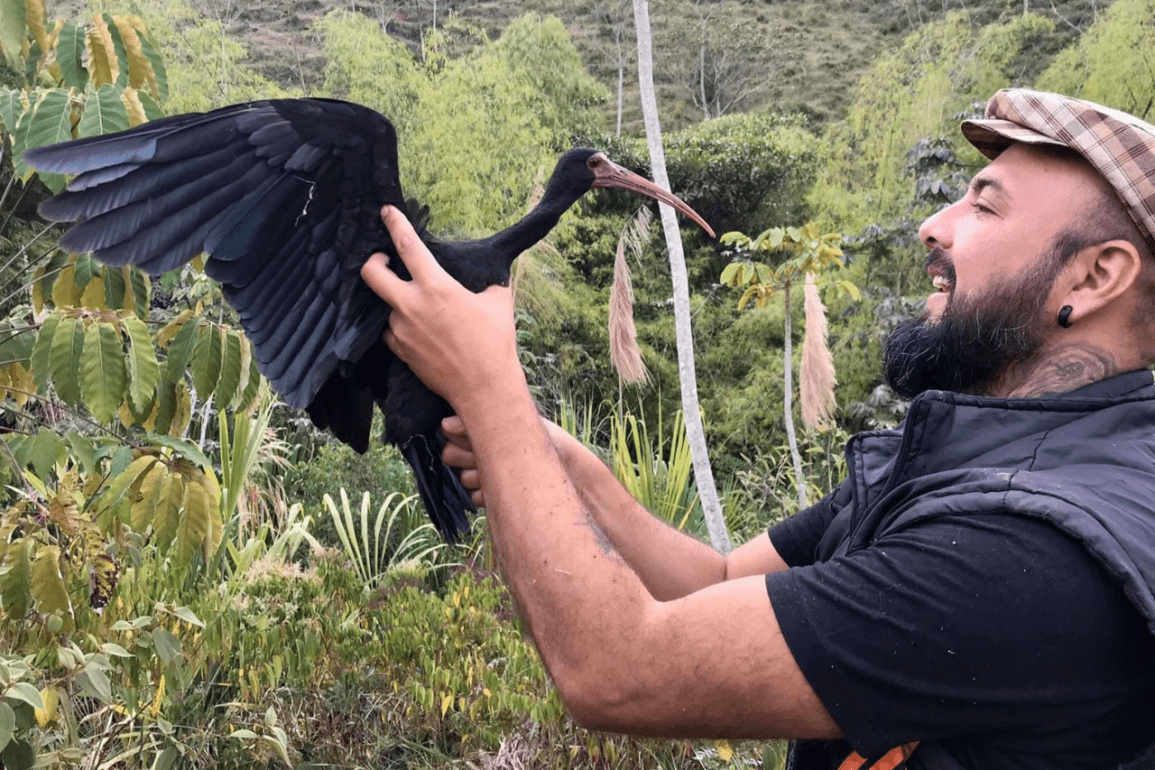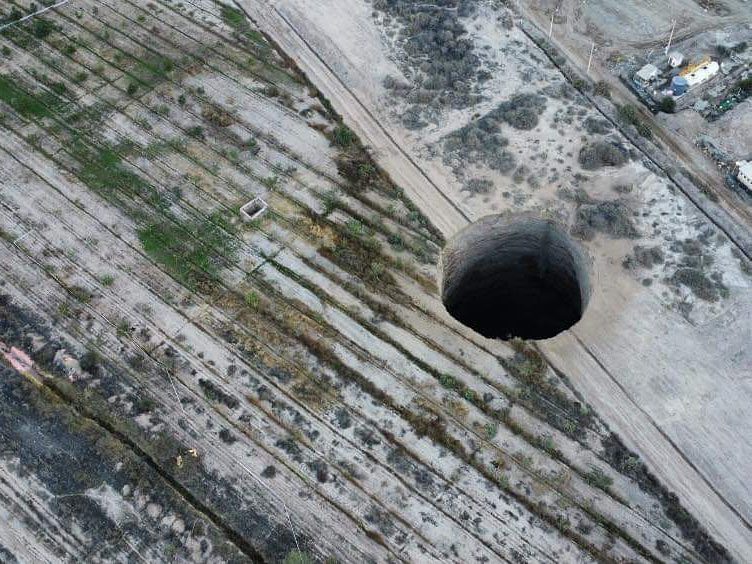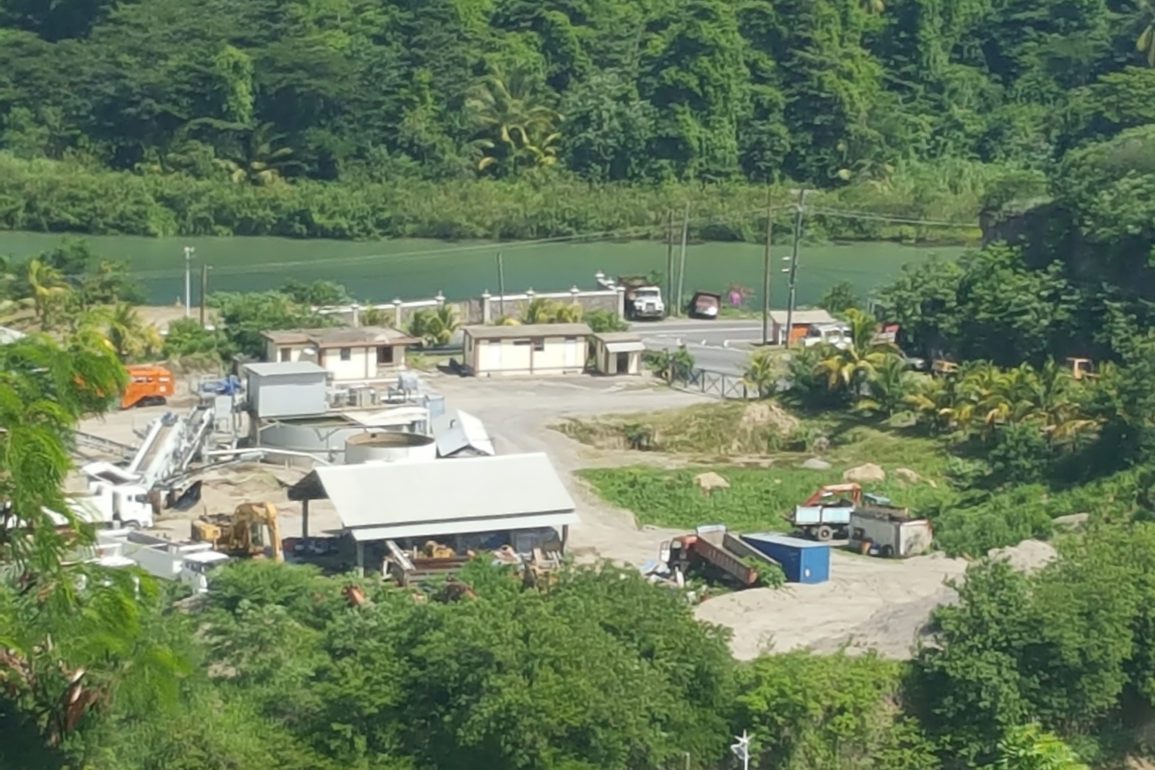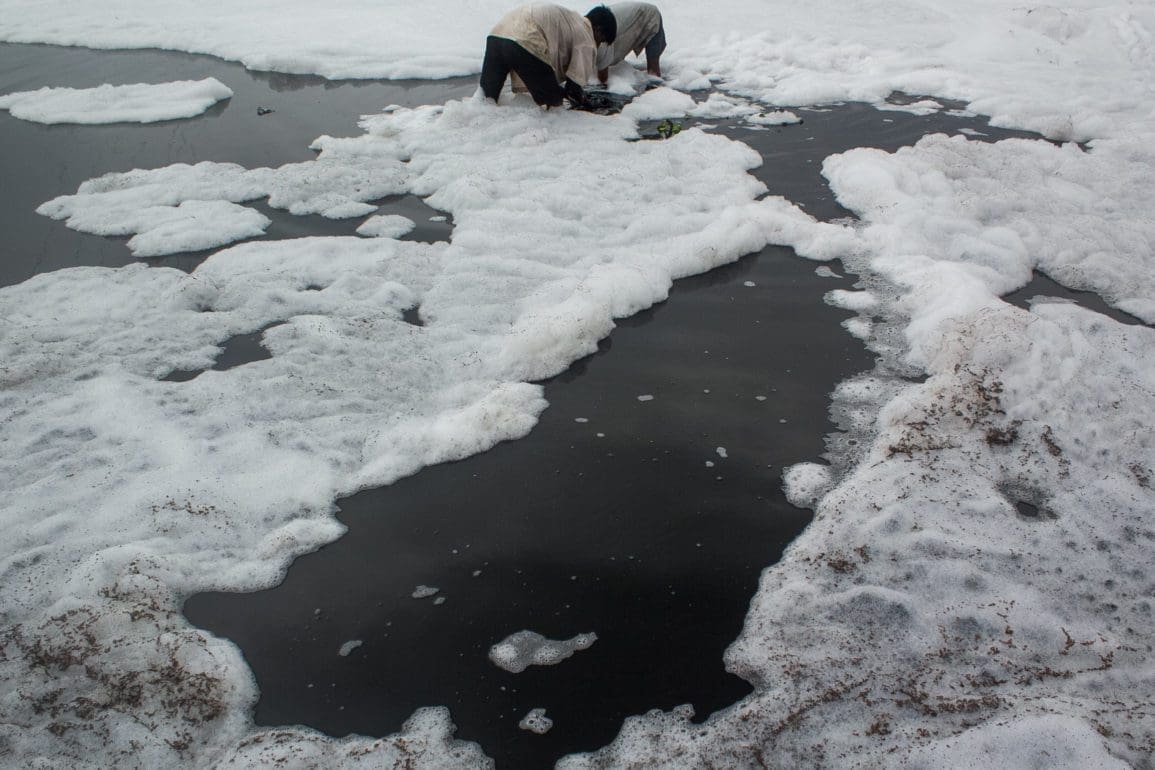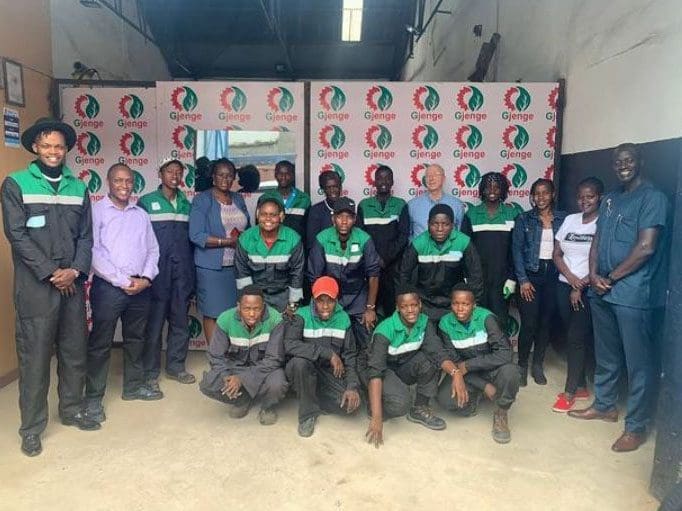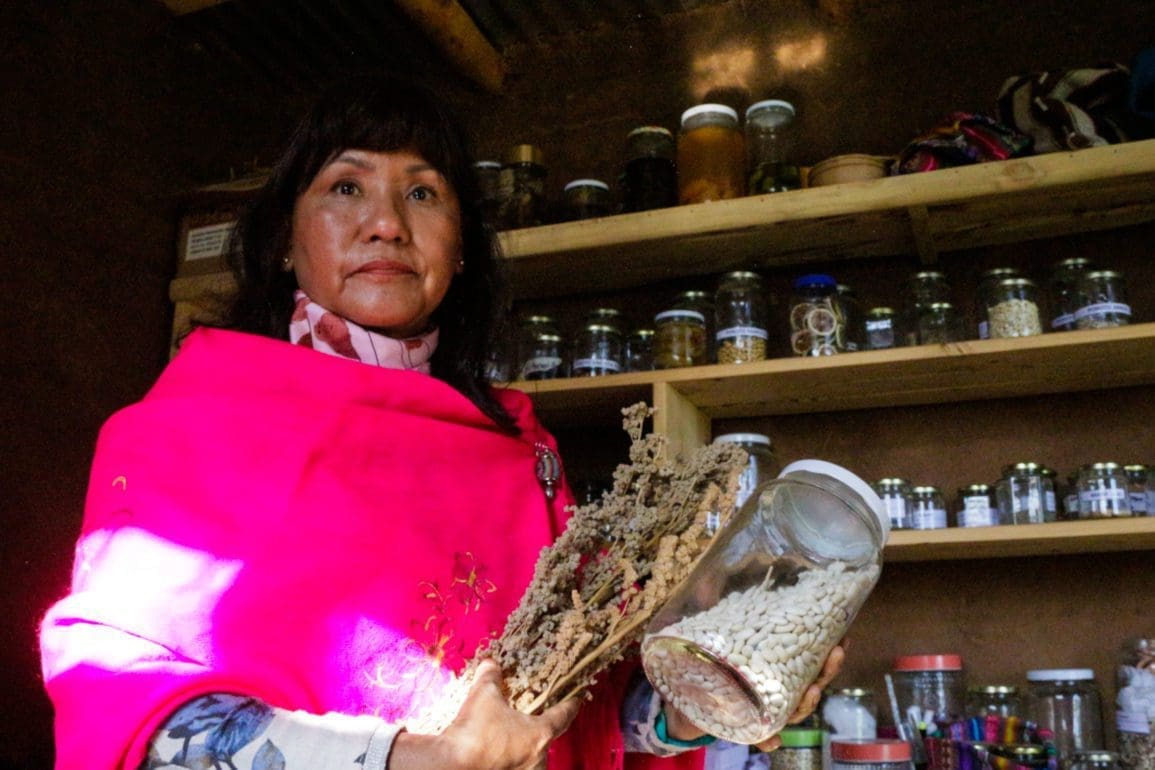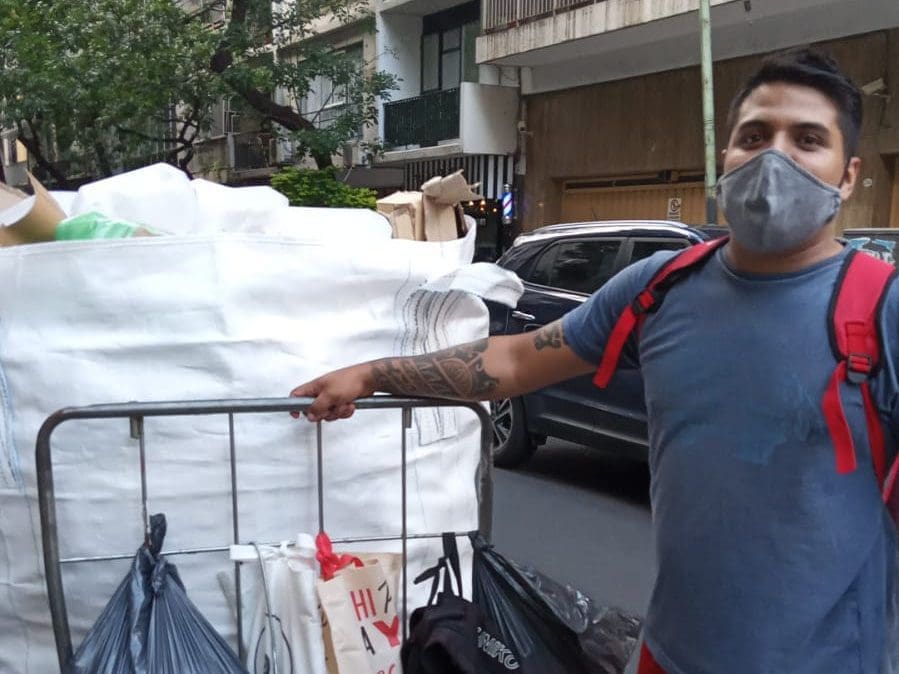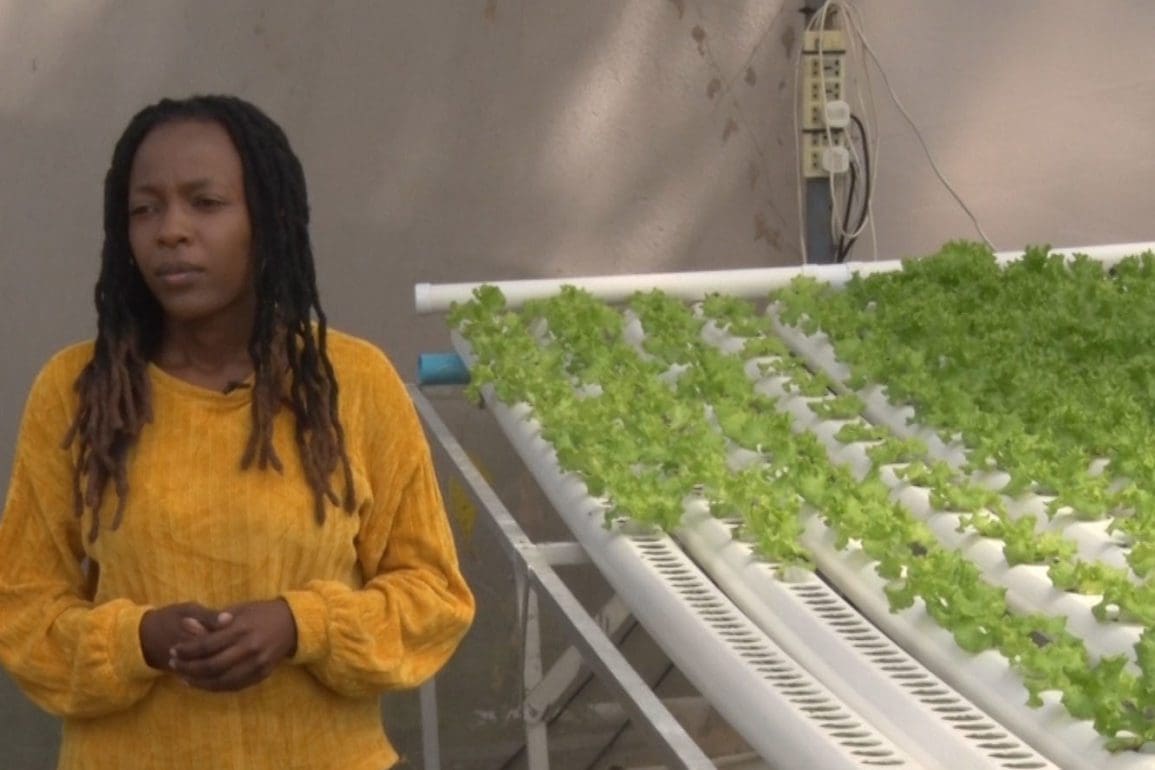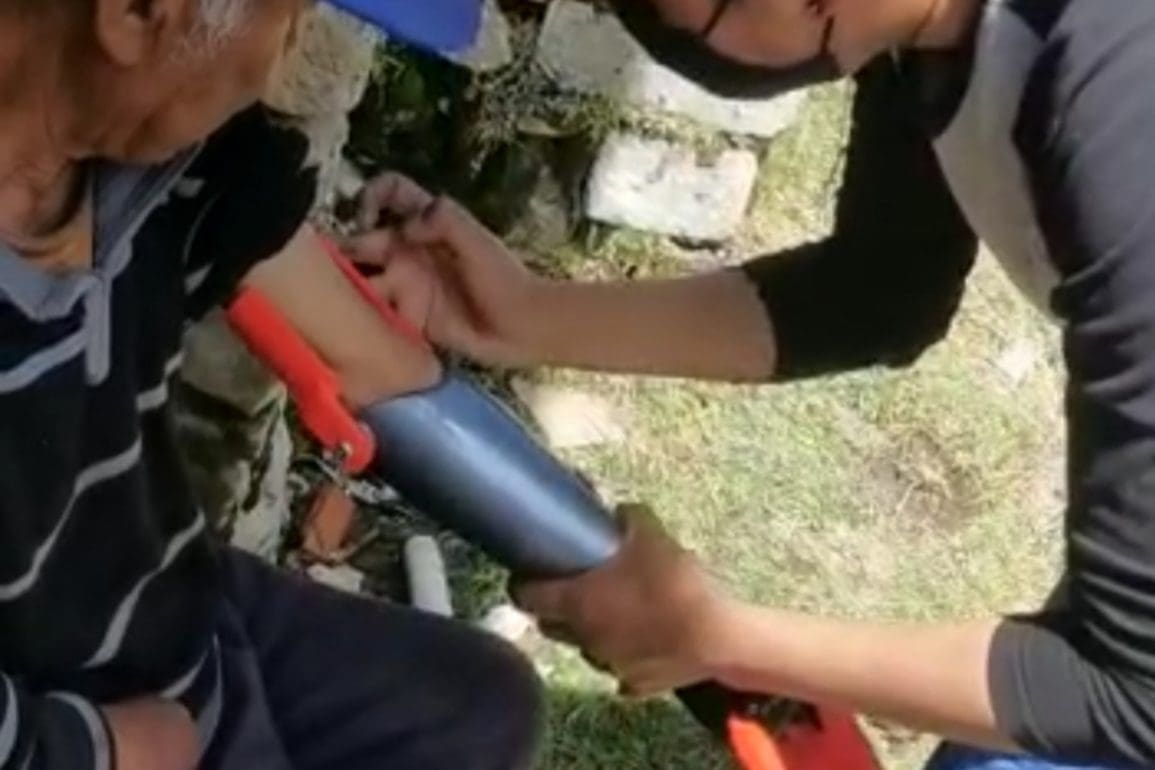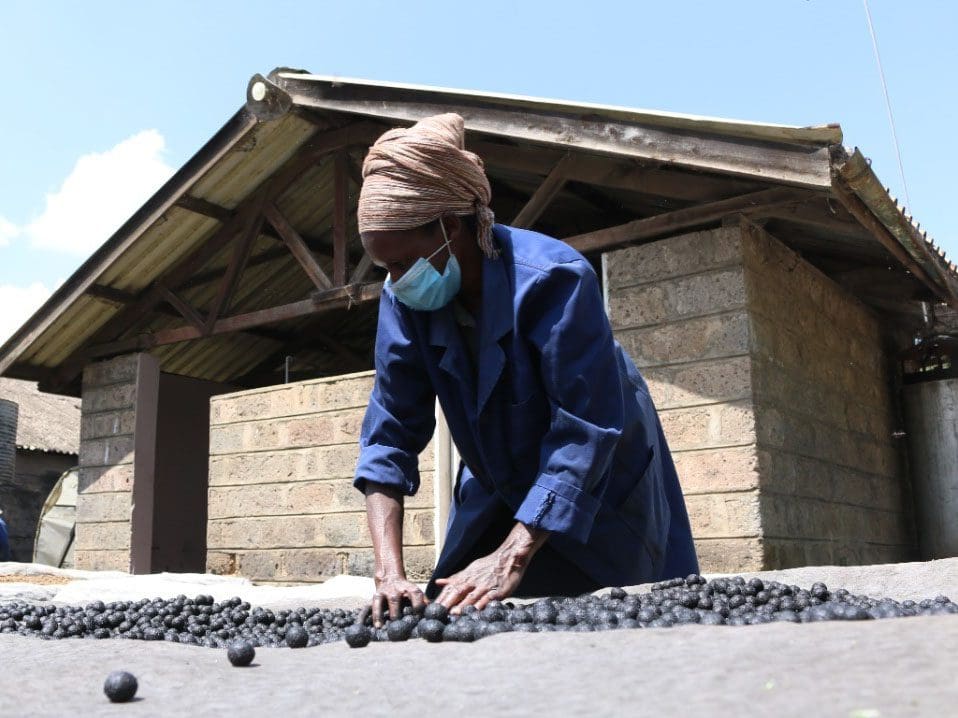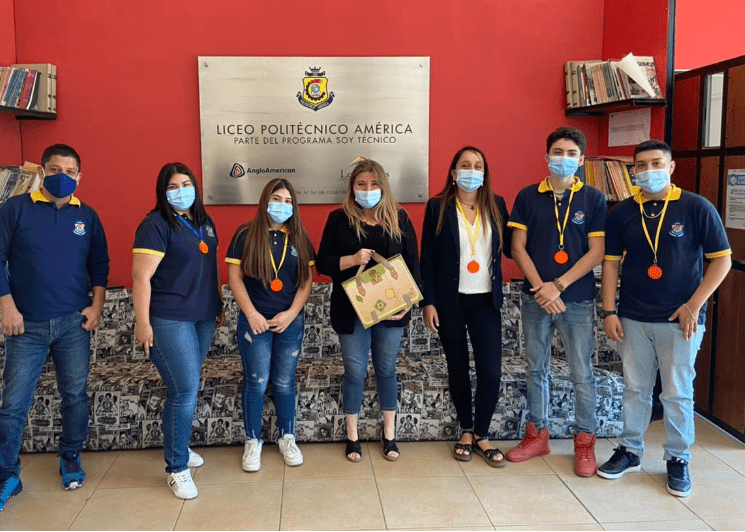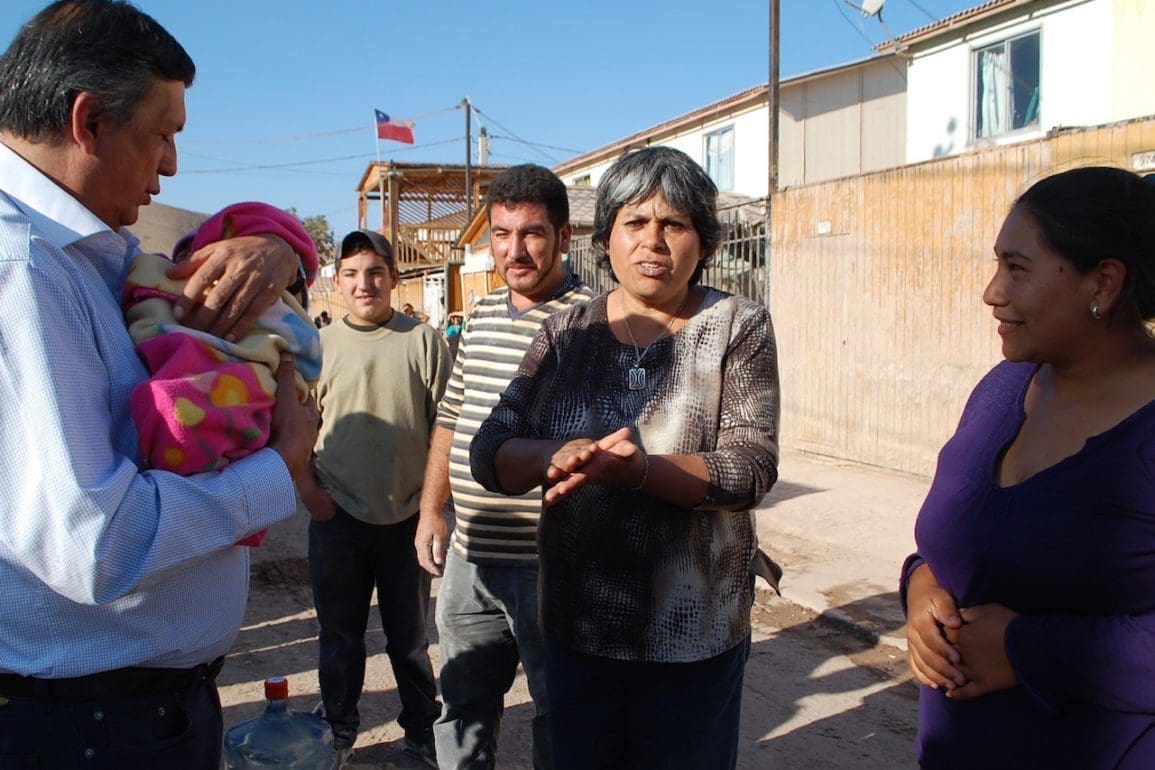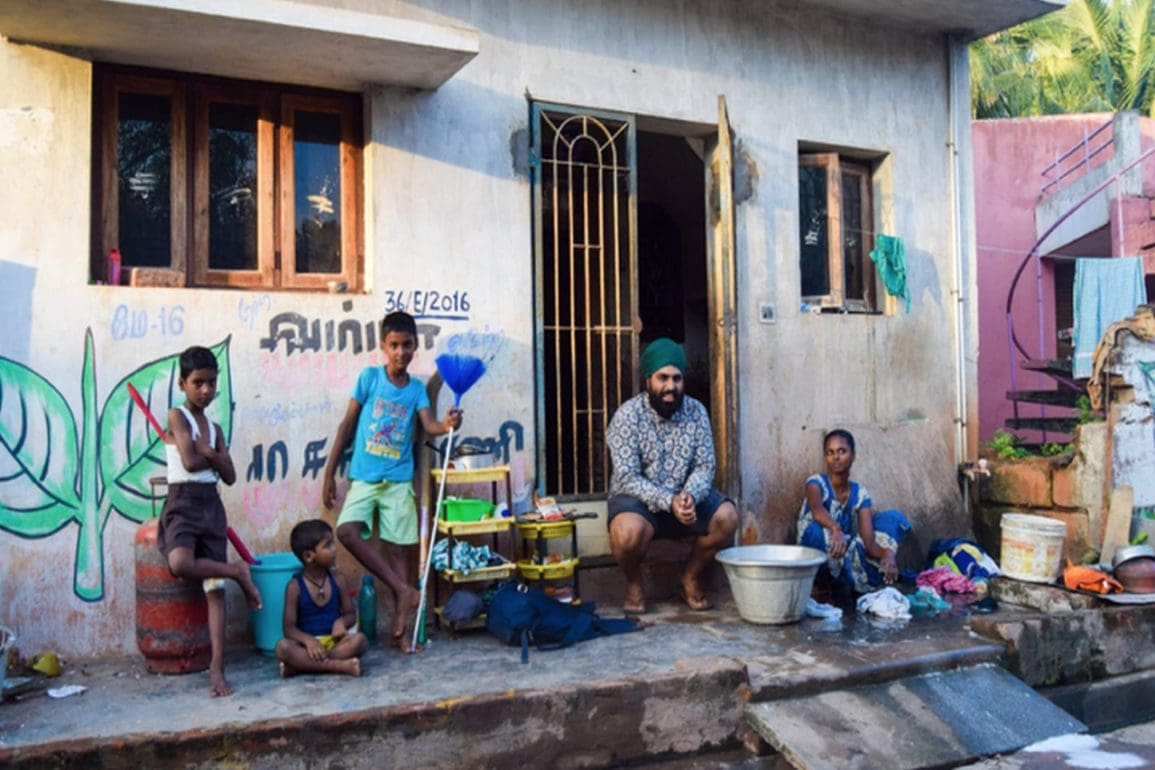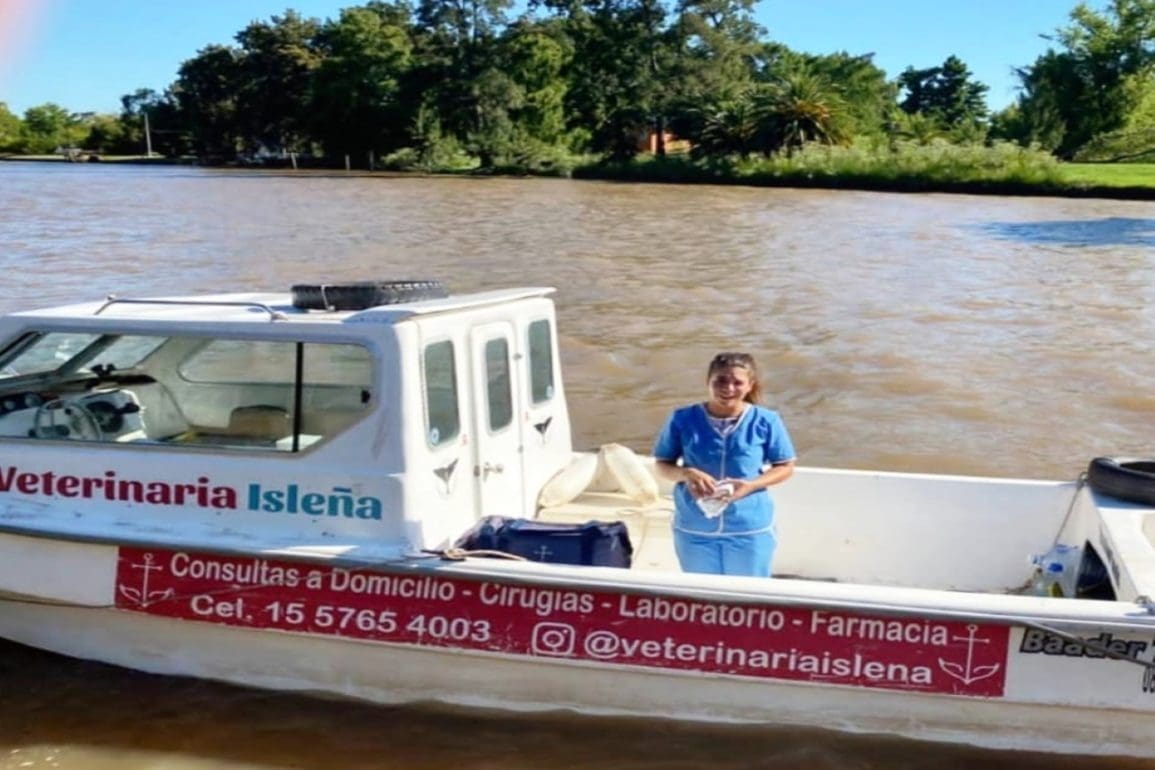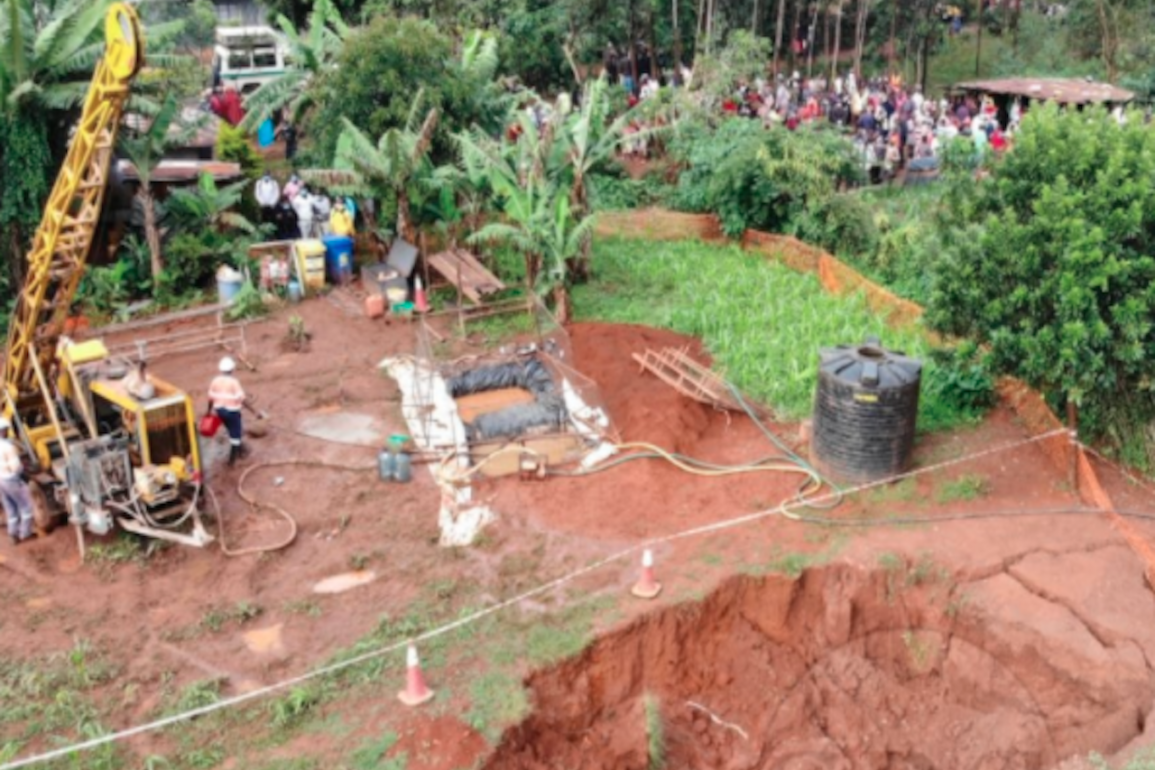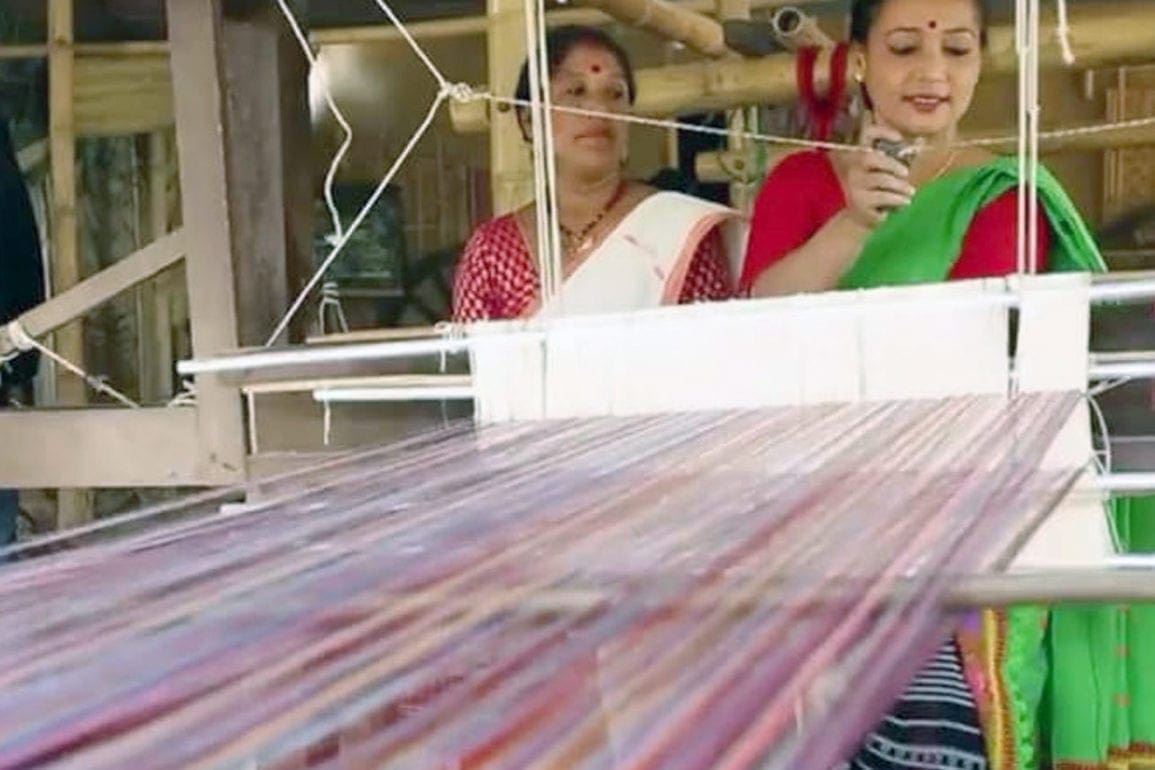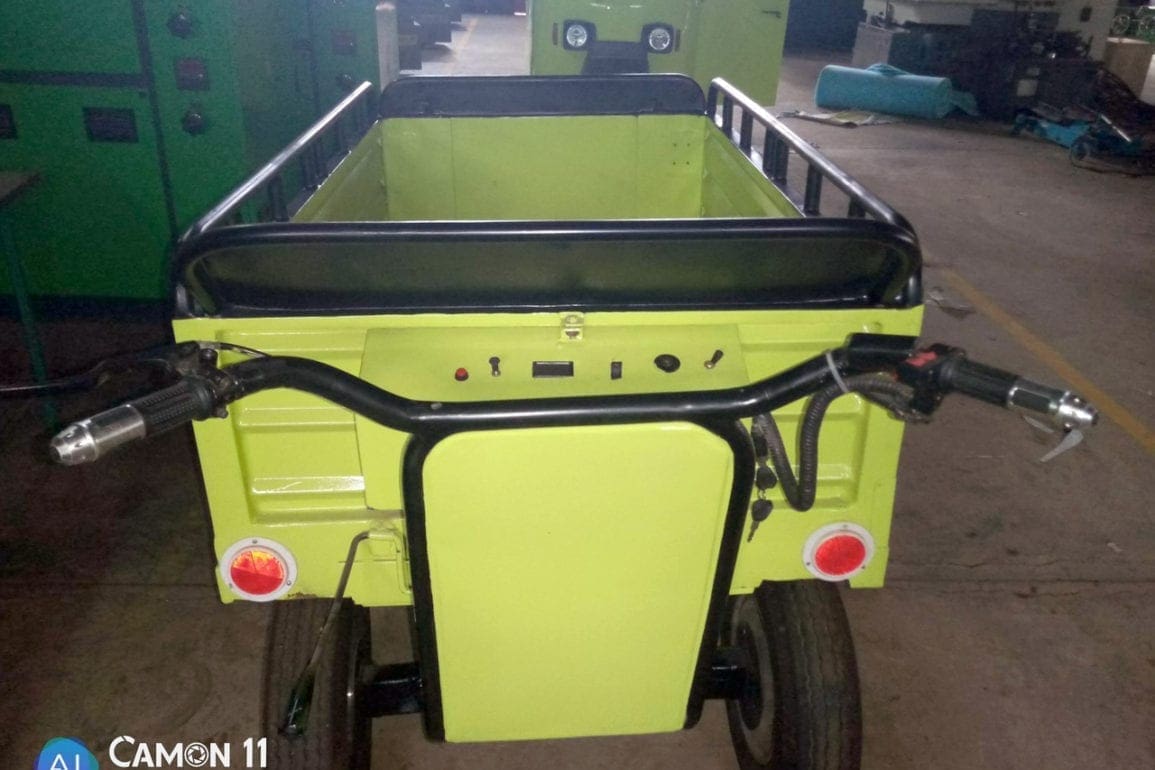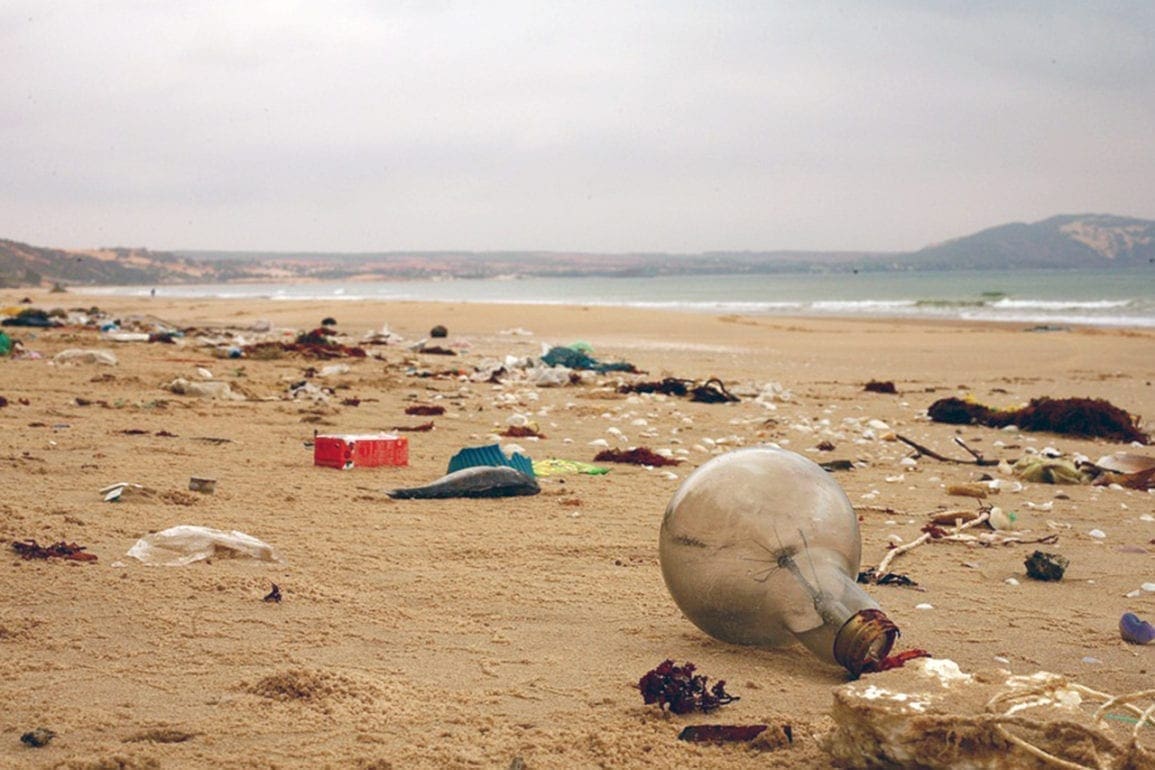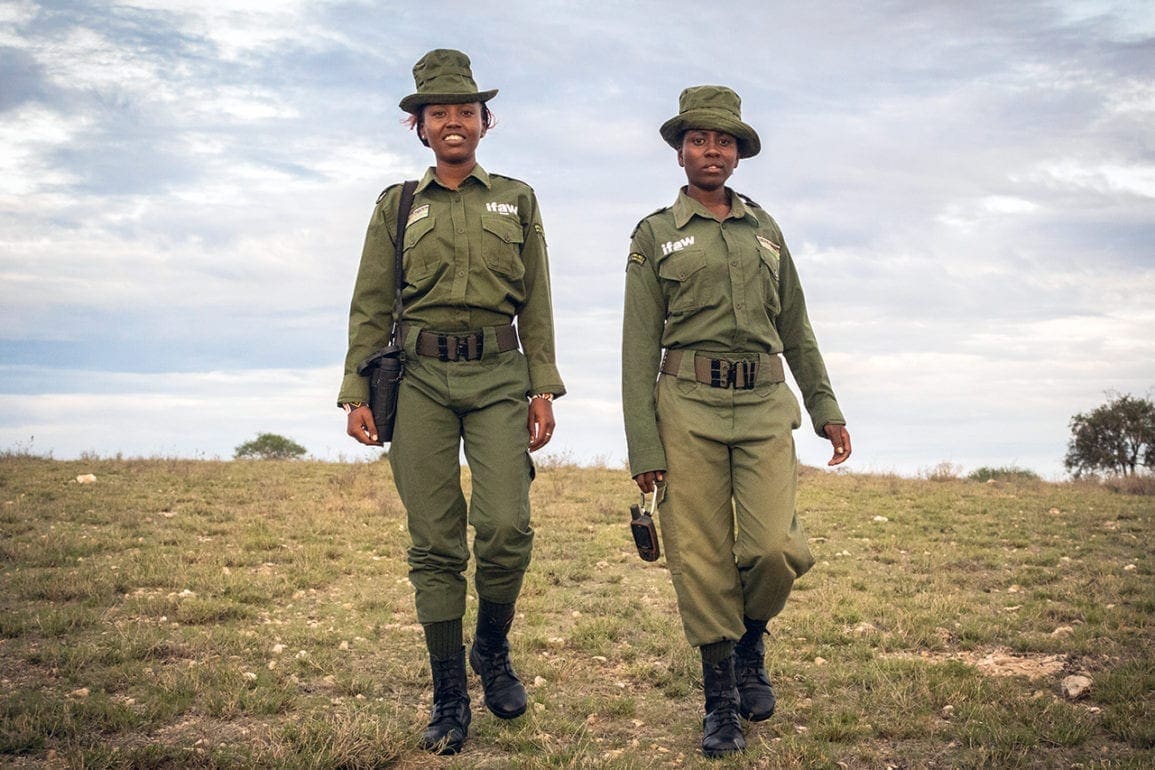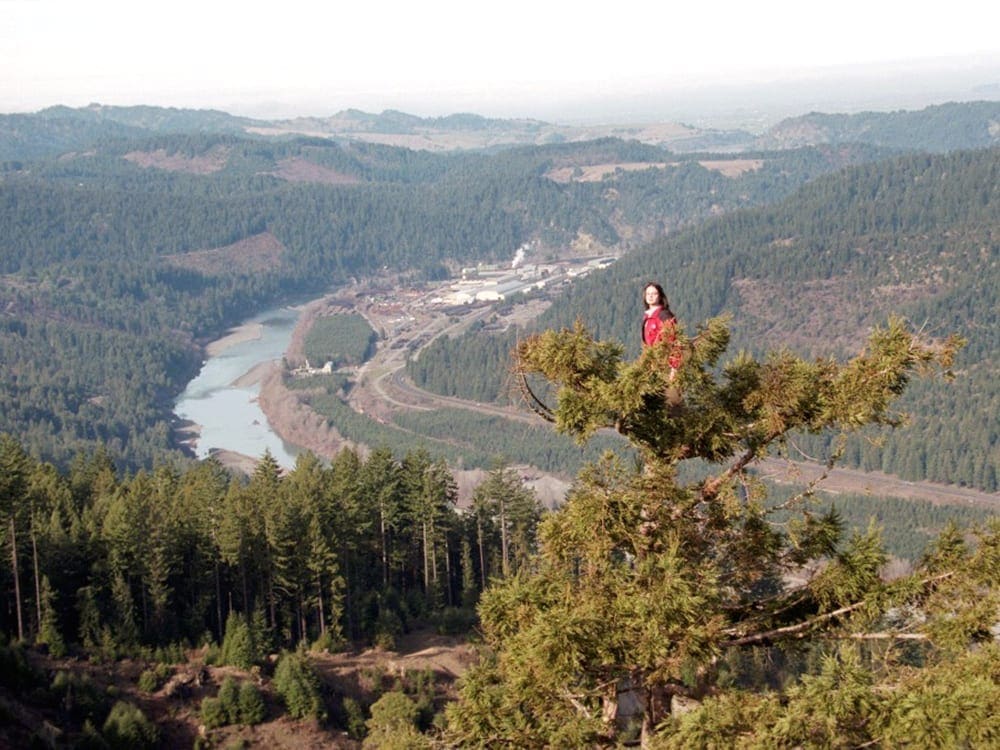Scientist in India addresses climate change, food insecurity with ancient rice types
In my lab at the Central University of Odisha, over three years, I collected and studied more than 130 essential genetic resources for rice from tribal pockets. I continue to discover new types with high tolerance to drought. With my research now revealed, we must take action to protect these priceless resources in their natural environment.
- 2 years ago
September 24, 2022
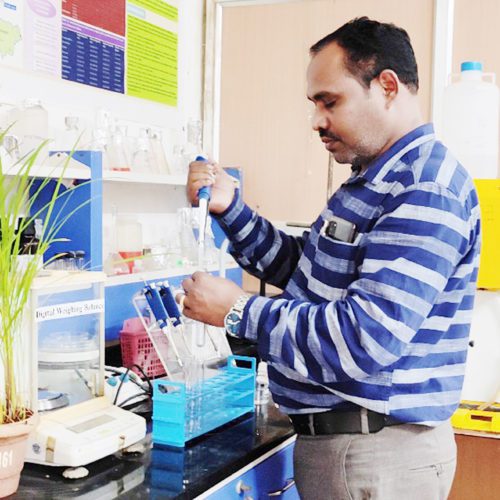
KOLKATA, India – On a foggy morning in September 2021, I traveled to an isolated community in the Koraput tribal region of Odisha. Around midday, the temperature ranged from 24 to 26 degrees Celsius. I saw some local farmers occupied with the cultivation of rice in their fields. I decided to start a discussion with them in Oriya. Upon exchanging greetings, I won their trust and continued talking.
I introduced myself and asked their permission to look at the kinds of rice they cultivated. In my experience, most indigenous people are naturally straightforward. They quickly and correctly identified the rice types, and it piqued my attention.
Each of piece of information they shared seemed crucial. I wrote continuously on pad as they spoke. When I asked if the rice could withstand climate changes, they answered, “Yes.” I felt curious how these rice landraces could survive the climate. Additionally, I wondered what mechanism could be at work behind that survival.
Before bidding them farewell, I gathered samples to examine. I wanted to know how these kinds of rice could survive stress, physiologically and biochemically. To gain a better understanding, I had the samples examined in the lab to determine their molecular genetics. We established that those cultivars had one or more genes for drought and flood tolerance.
From the tribal community to the lab, rice types show promise to help with climate change
The outcomes from the lab thrilled me. These rice cultivars show greater resistance to weather circumstances, to my amazement. They are able to protect these impoverished tribal populations from the harmful impact of flooding and drought. The rice also assures food security.
The native rice landraces Kalajeera, Machhakanta and Haldichudi exhibit higher levels of resilience to a variety of stresses. Those include drought, salt, and flooding. They serve as the main crops in the Koraput area of Odisha. In the face of climate change, they have the potential to significantly contribute to global food security.
The seeds exhibit archaic traits and remain a transitional species between wild rice and contemporary variants. The Koraput tribal community, located in the Eastern Ghats of India [part of the state of Odisha] cultivate and preserve them.
Most of the primitive tribes reside in Koraput and 65 percent of the people, agriculture serves as their primary occupation. These tribes produce traditional rice types based on their cultural traditions.
Asian rice cultivation has its origins in the Koraput area. Nearly 100 to 130 types of traditional rice are farmed in various tribal pockets. These pockets span more than 40 percent of the country’s land, which is now used for paddy farming.
Though these traditional varieties yield less, they have higher resilience to the climatic conditions. This means they can combat the adverse effects of climate change and ensure food security. They offer livelihood for the poor tribal communities.
Tribal farmer produces traditional rice resistant to environmental conditions
In rain-fed land, which accounts for 80 percent of worldwide agriculture, the incidence of stress factors increases with climate change. Multiple stressors like drought, flood, and salt exist. They often follow one another during a single cropping cycle. The rice types I discovered survive in rain-fed regions subject to a variety of stressors.
In the laboratory we discovered the rice types Kalajeera, Machhakanta, and Haldichudi outperformed the well-known, drought tolerant Nagina 22. They revealed a better photosynthetic rate, photochemical efficiency, and preservation of greater leaf relative water content.
The most common aromatic type, Kalajeera, has a black husk; short, robust grains; potent scent; and superior cooking qualities. Haladichudi proves one of the oldest types growing in the area. While Machakanta remains well known for its fine grain and culinary quality. It produces an excellent flavor.
Although the grain yields of these types proved lower than the contemporary high yielding variety IR 42, they displayed superior stomatal and photosynthesis traits.
Netrananda Lenka, a tribal farmer in Patraput’s Jaypur Block, never attempted planting hybrid varieties for their high yields. Instead, he planted indigenous varieties on his four-acre plot of land. The growth takes around 120 to 130 days in the wet season.
Lenka said, “An acre of land yields around 40 quintal of rice [one quintal equals 220 pounds]. These rice types are grown organically since I never added urea or potash to the soil where I grew them.” According to him, the wholesale price for Kalajeera in the local market is 700 rupees per quintal ($8.66 USD). On the other hand, the price for Machhakanta and Haldichudi is 400 rupees per quintal [$4.95 USD].
Scientist has dream to help tribal farmers while offering the world higher quality rice
On my visit, I encountered Raimati Ghiyaria. Ghiyaria resides in the Nayaguda hamlet in the Kundura Block. He cultivates these traditional rice types. Ghiyaria told me the rice provides nutritional benefits. The farmer also asserted that commercial promotion of this unique rice could profit the indigenous people economically. When companies step forward to package and this rice outside of Koraput, farmers like him will grow more crops.
I believe we discovered an impactful opportunity here. Policymakers, breeders, and academics mainly neglect the opportunity. However, creating commercial opportunity for these crops can benefit poor farmers and strengthen local economies.
In my lab at the Central University of Odisha, I spent three years studying more than 130 essential genetic resources from tribal pockets. I continue to discover new types with high tolerance to drought. With my research now revealed, we must take action to protect these priceless resources in their natural environment.
I imagine breeding programs emerging to address food insecurity. Programs can make climate resistant rice more available around the world. At the same time, they will create an economy for the tribal farmers. This deviates from current processes of contemporary farming techniques using high producing variants of rice with less tolerance.
In the age of climate change, popularizing these priceless resources could pave the way for sustainable agriculture and food security.

